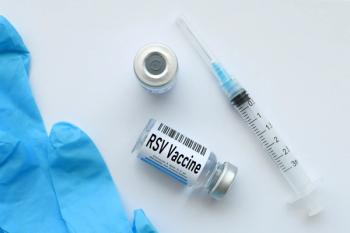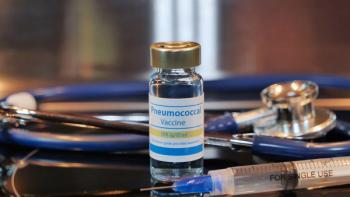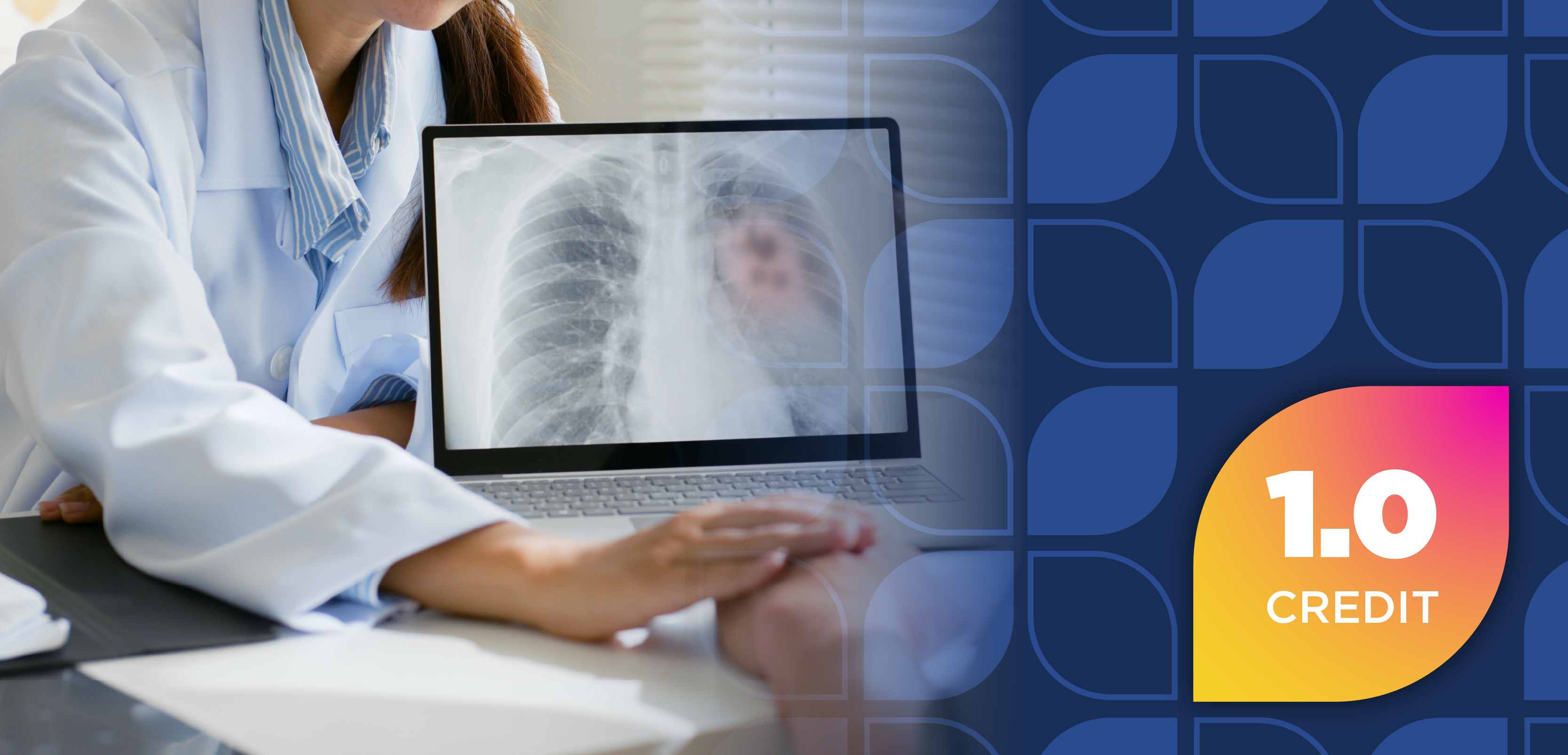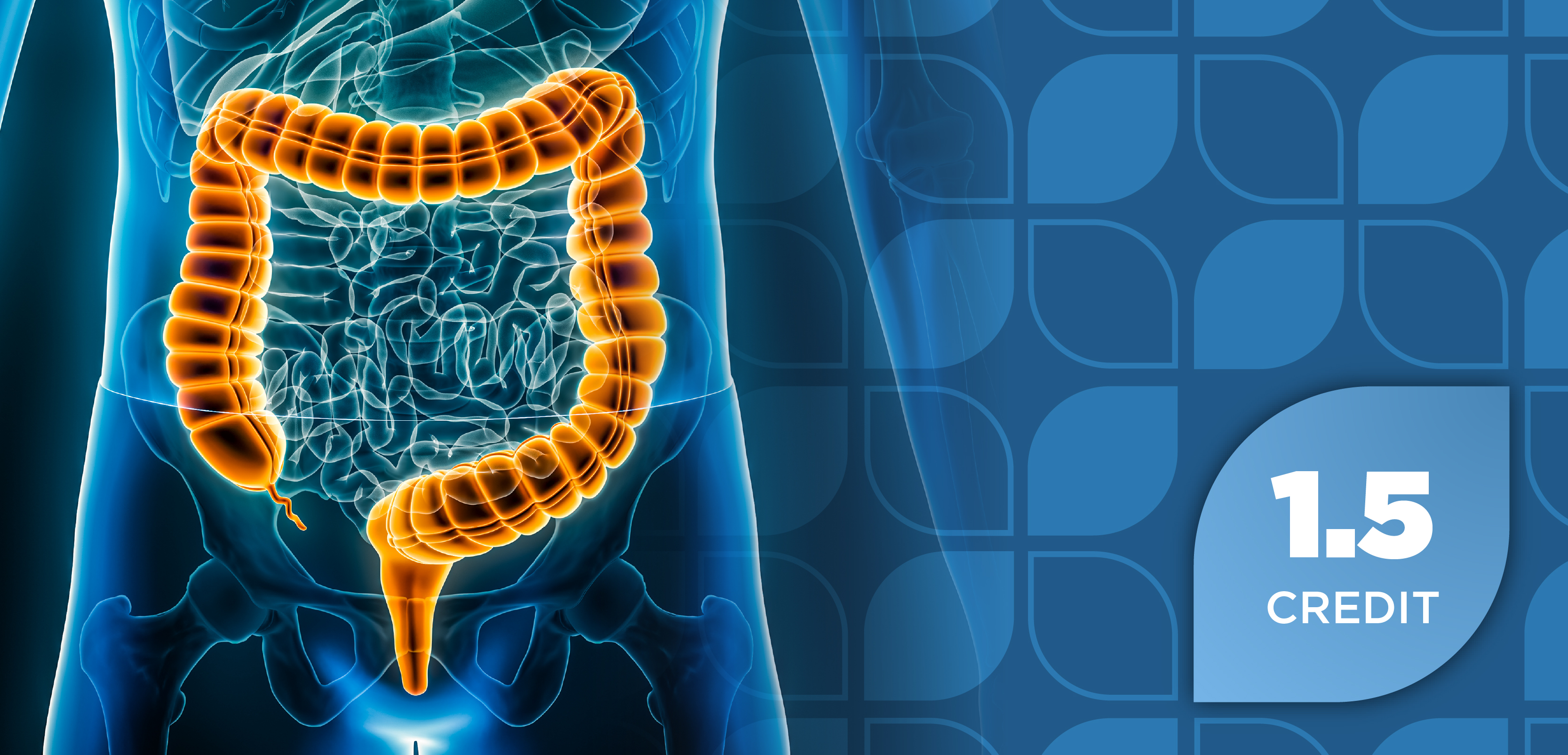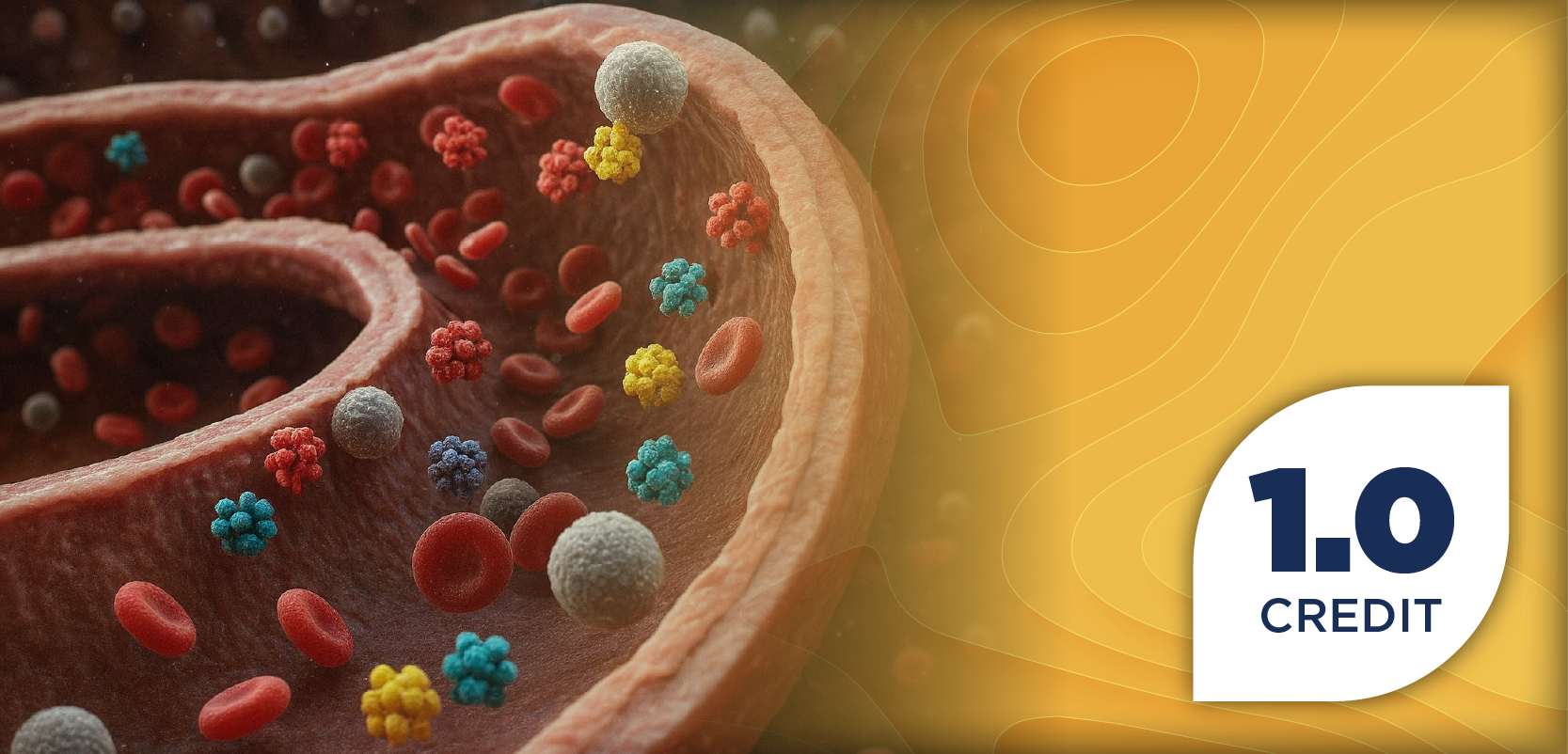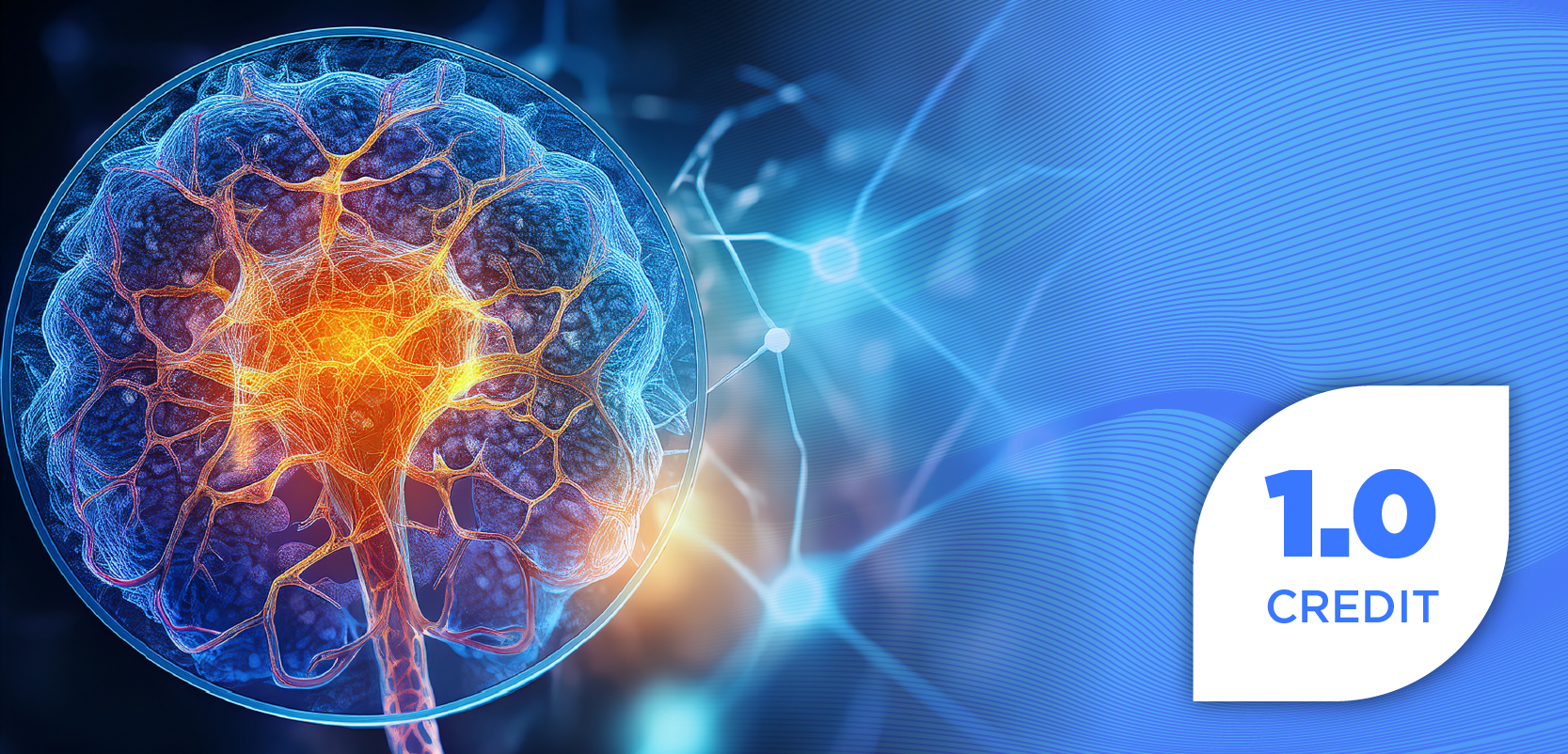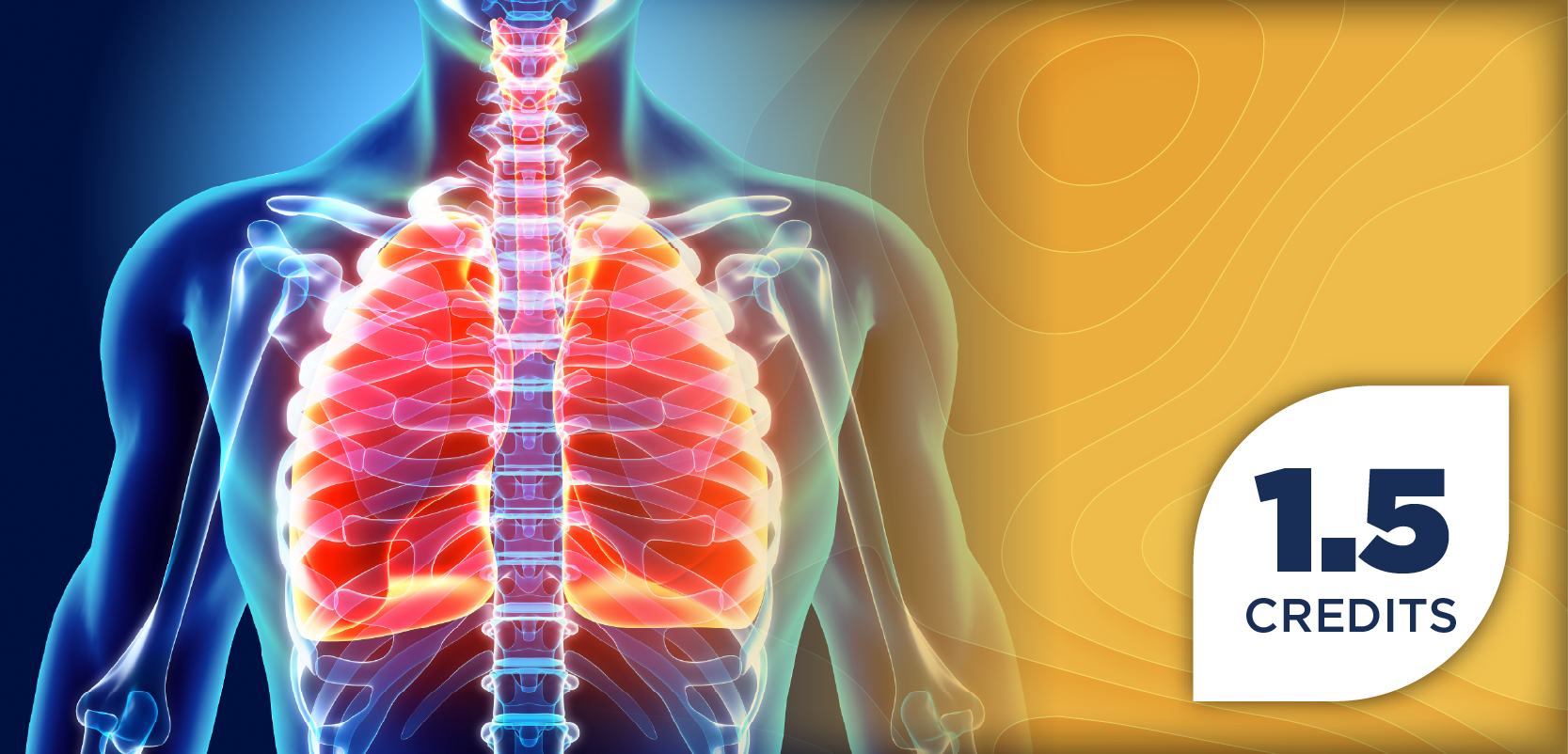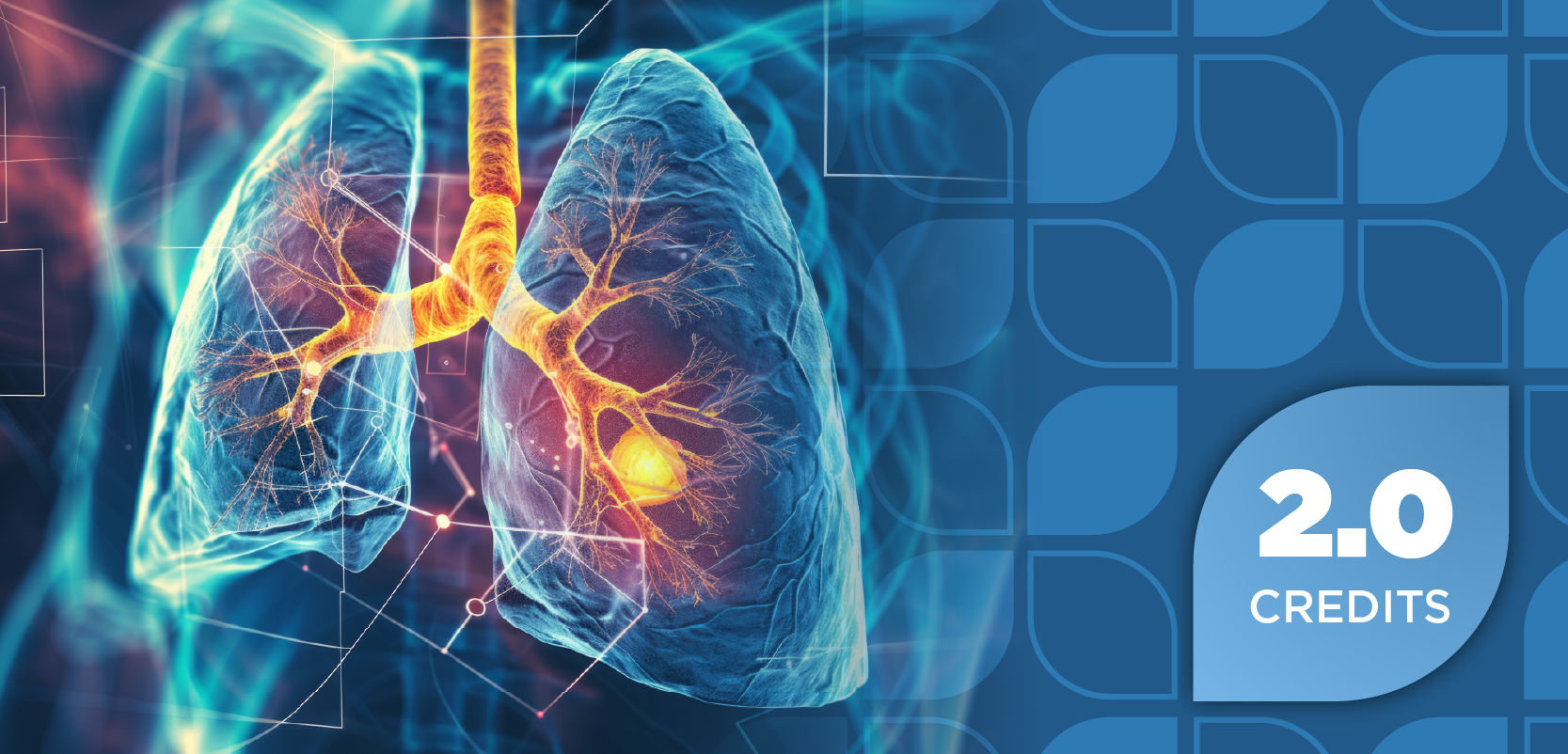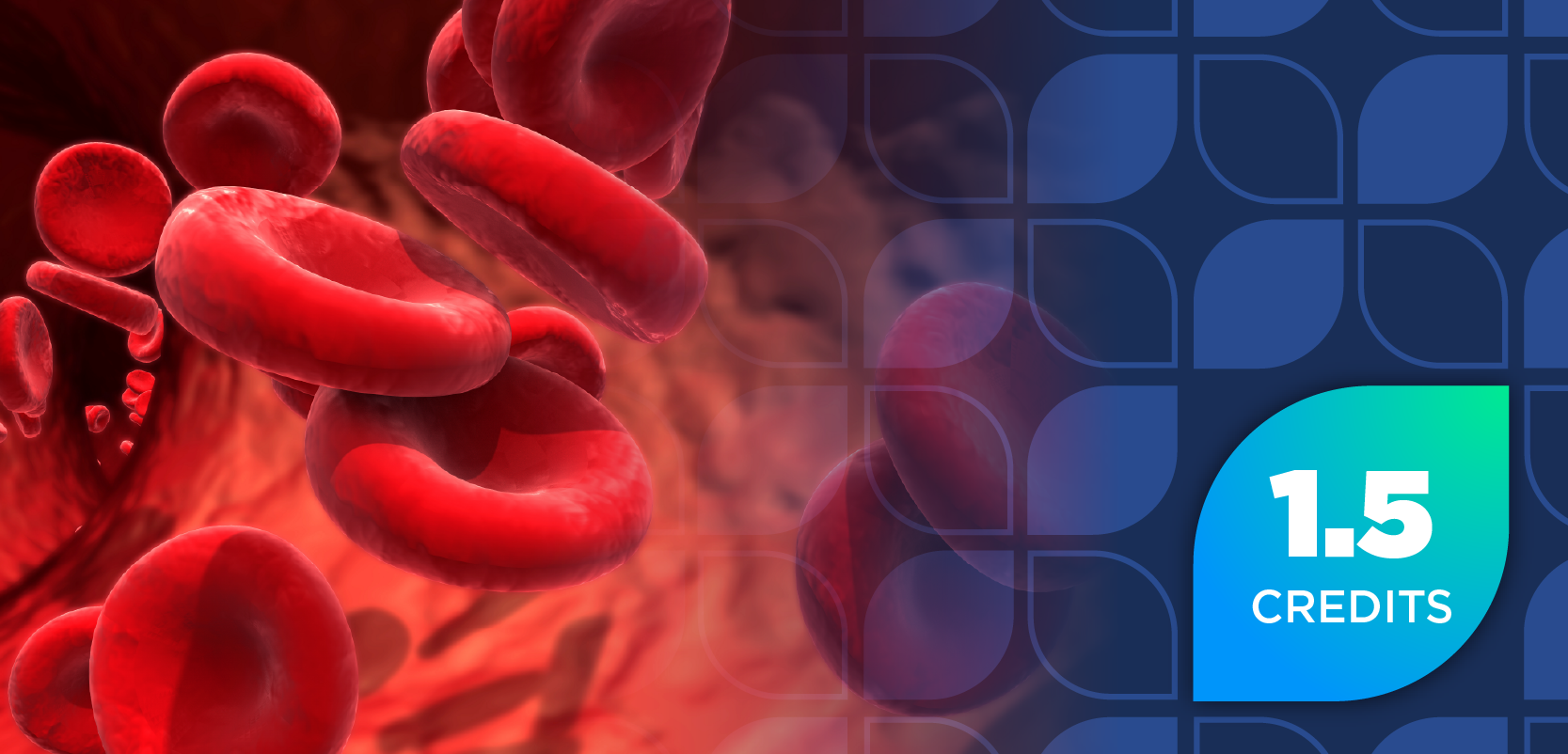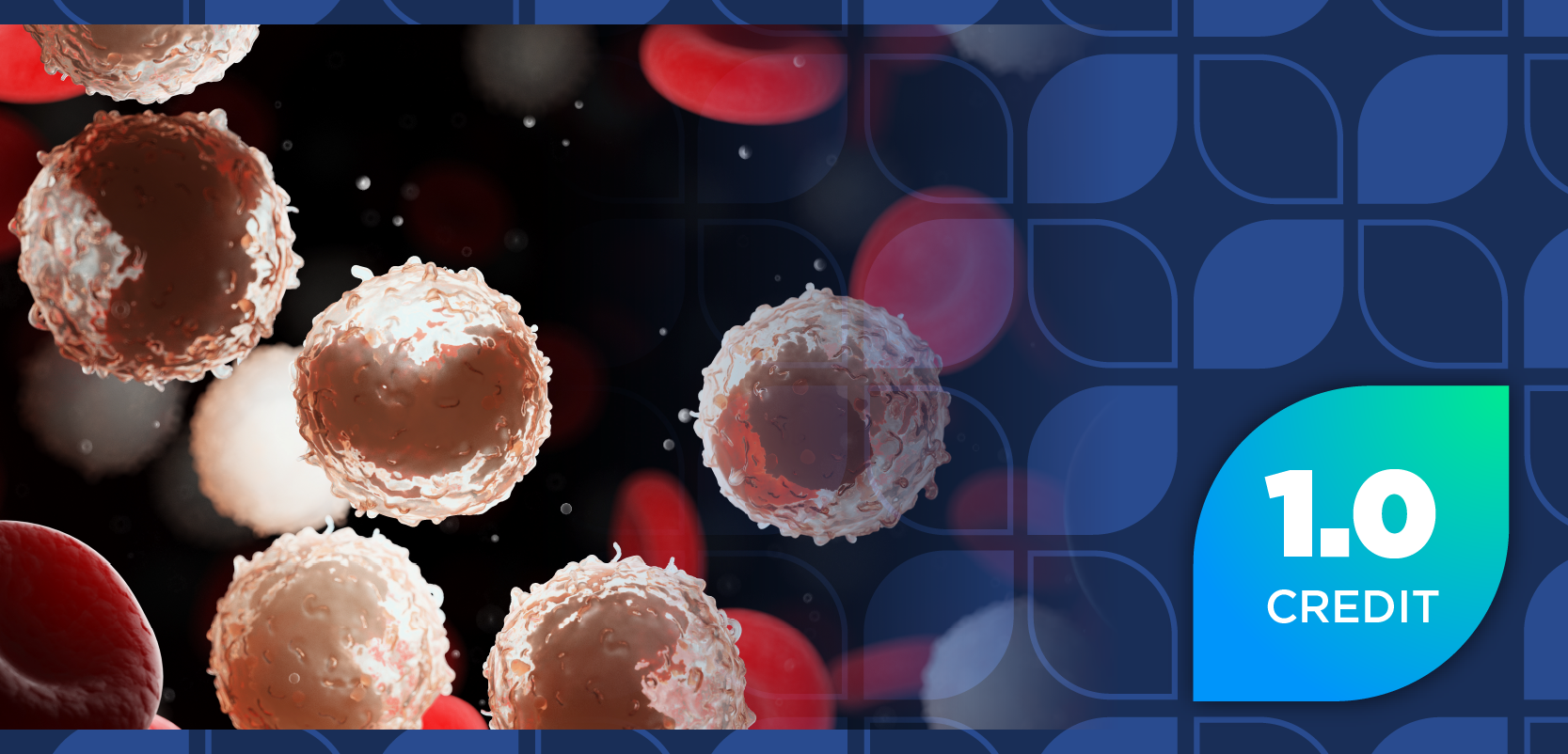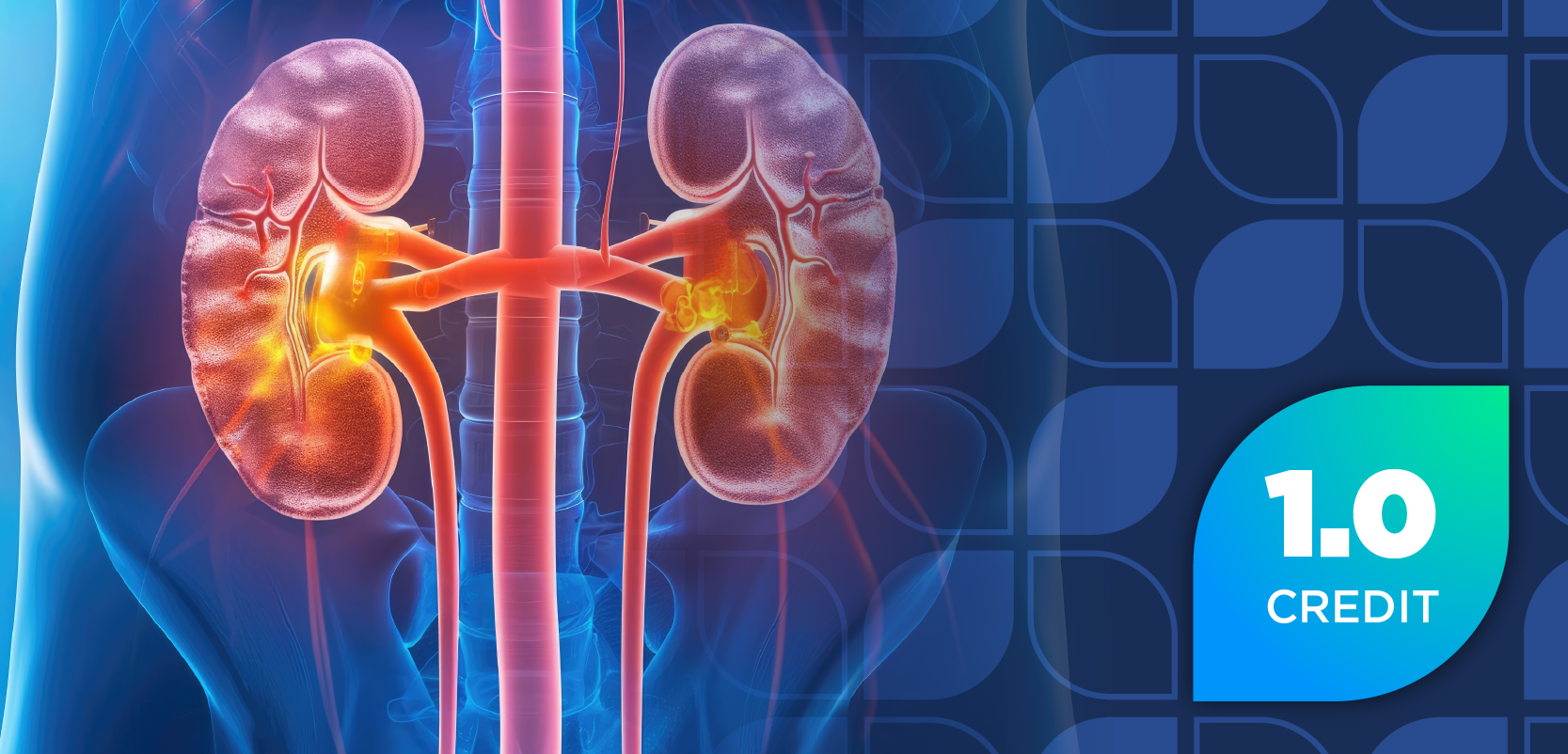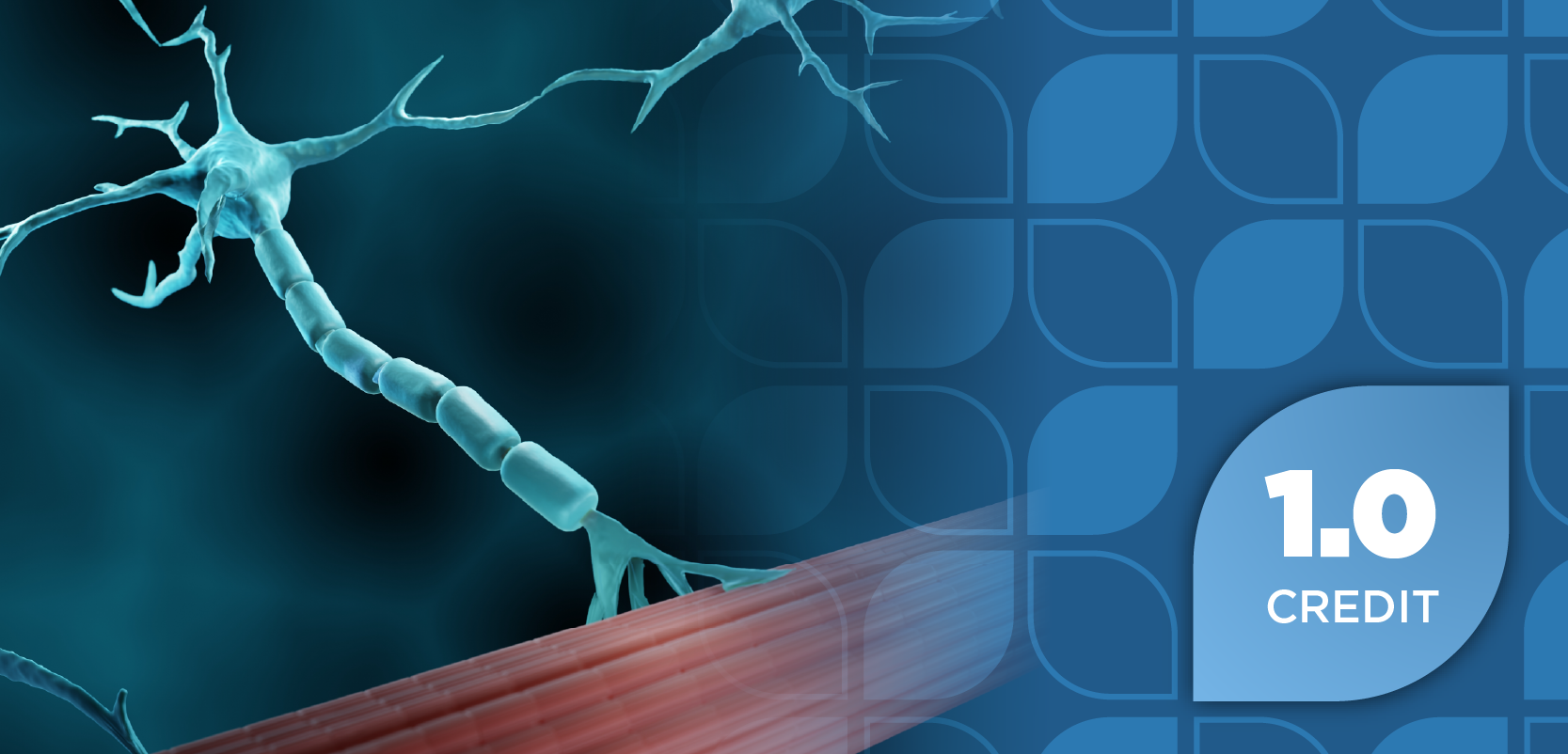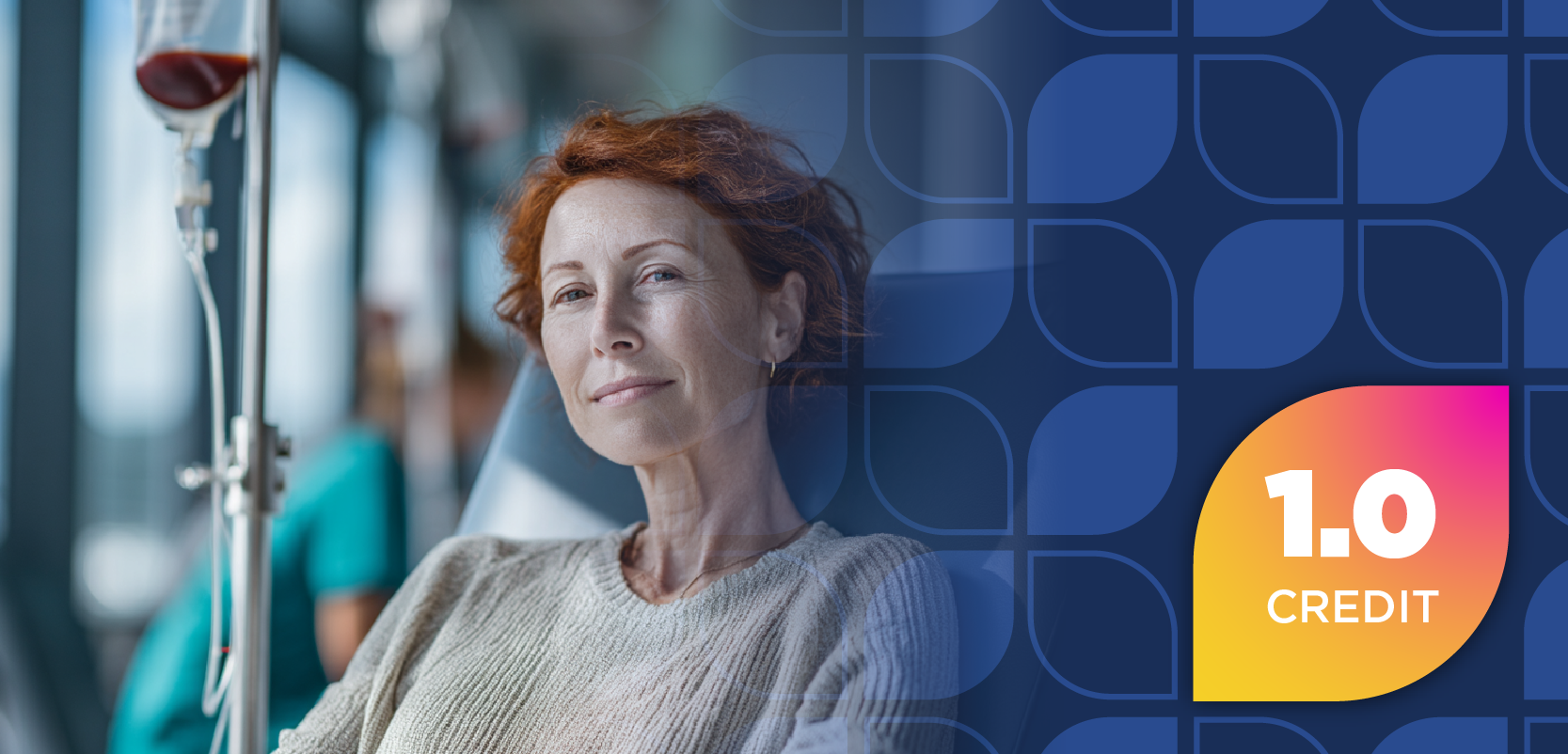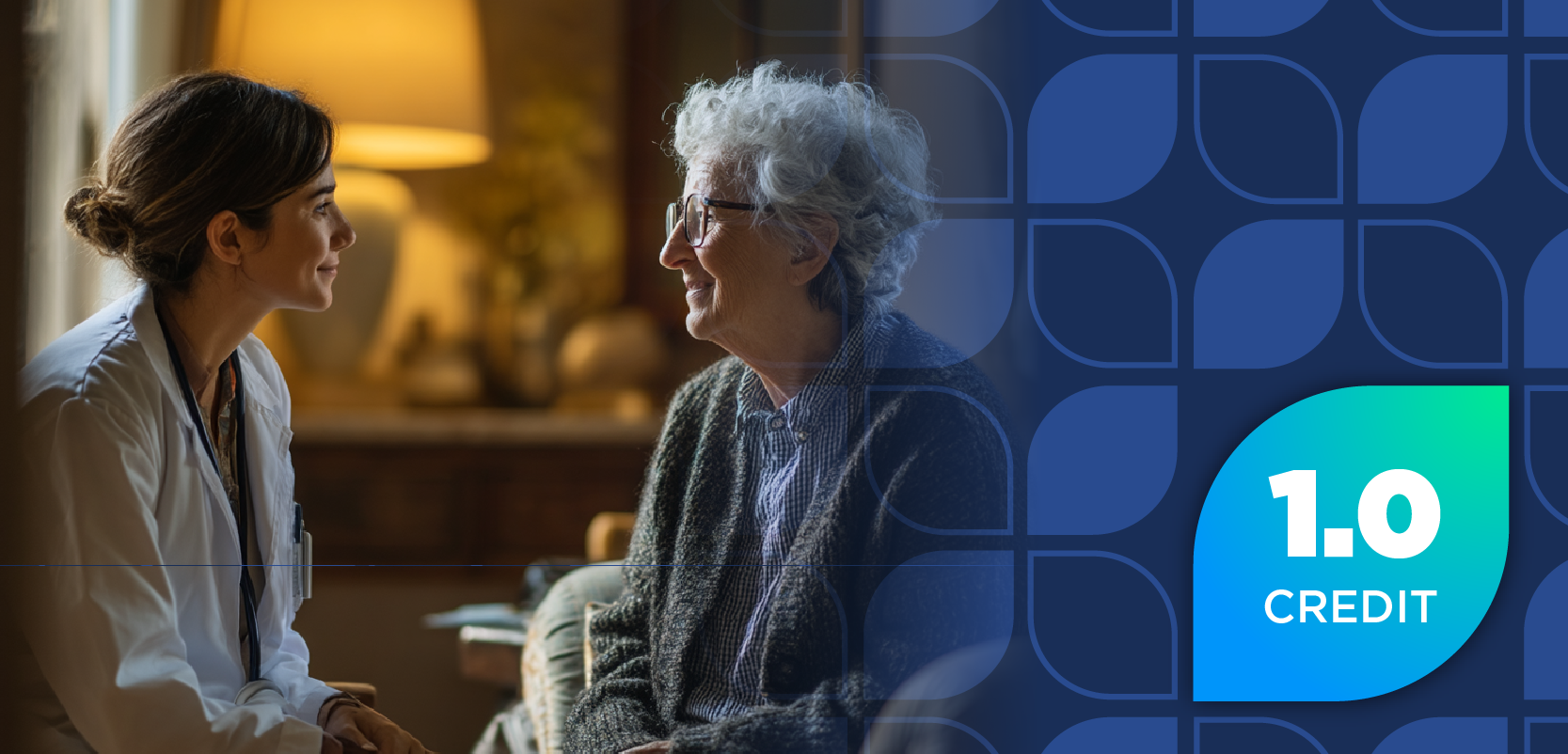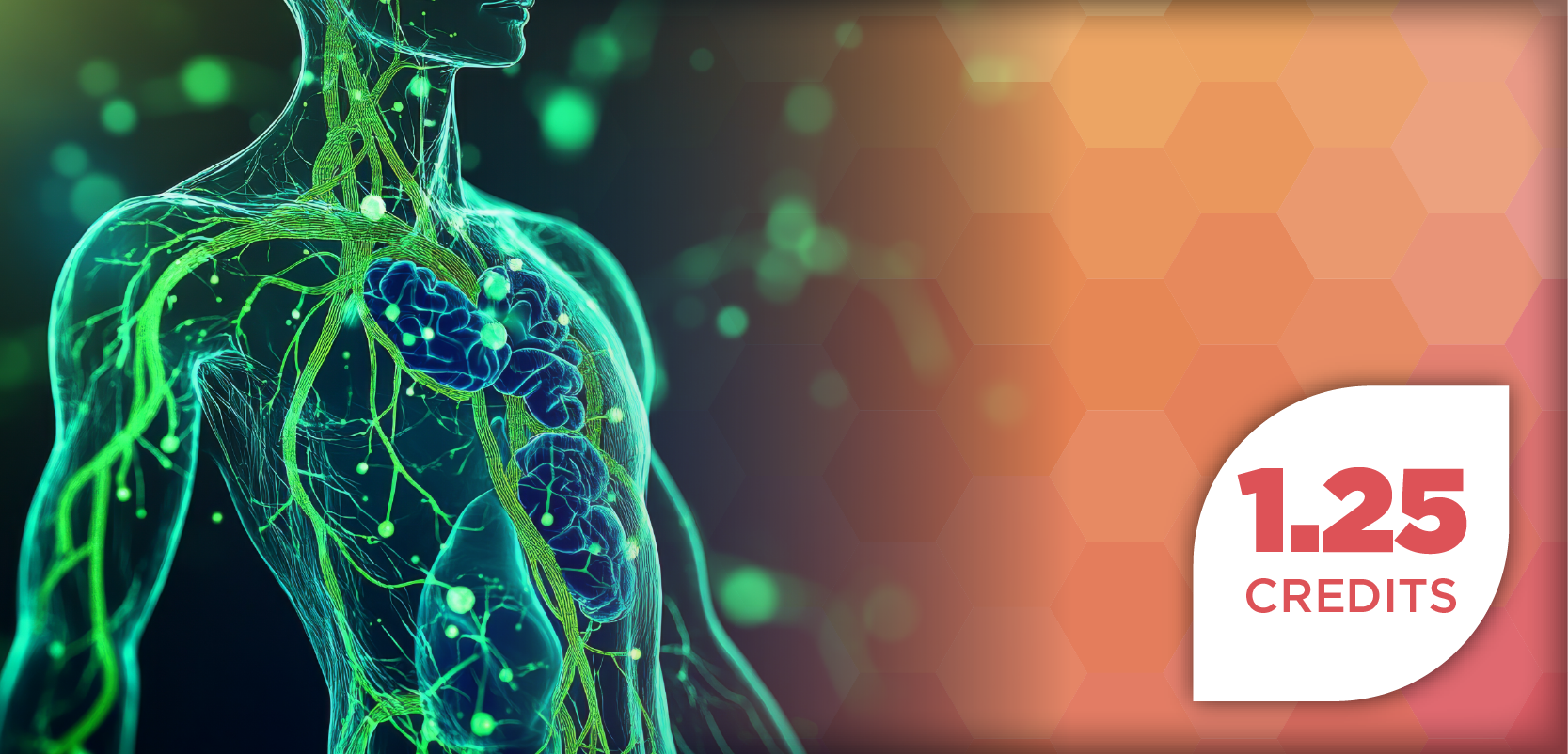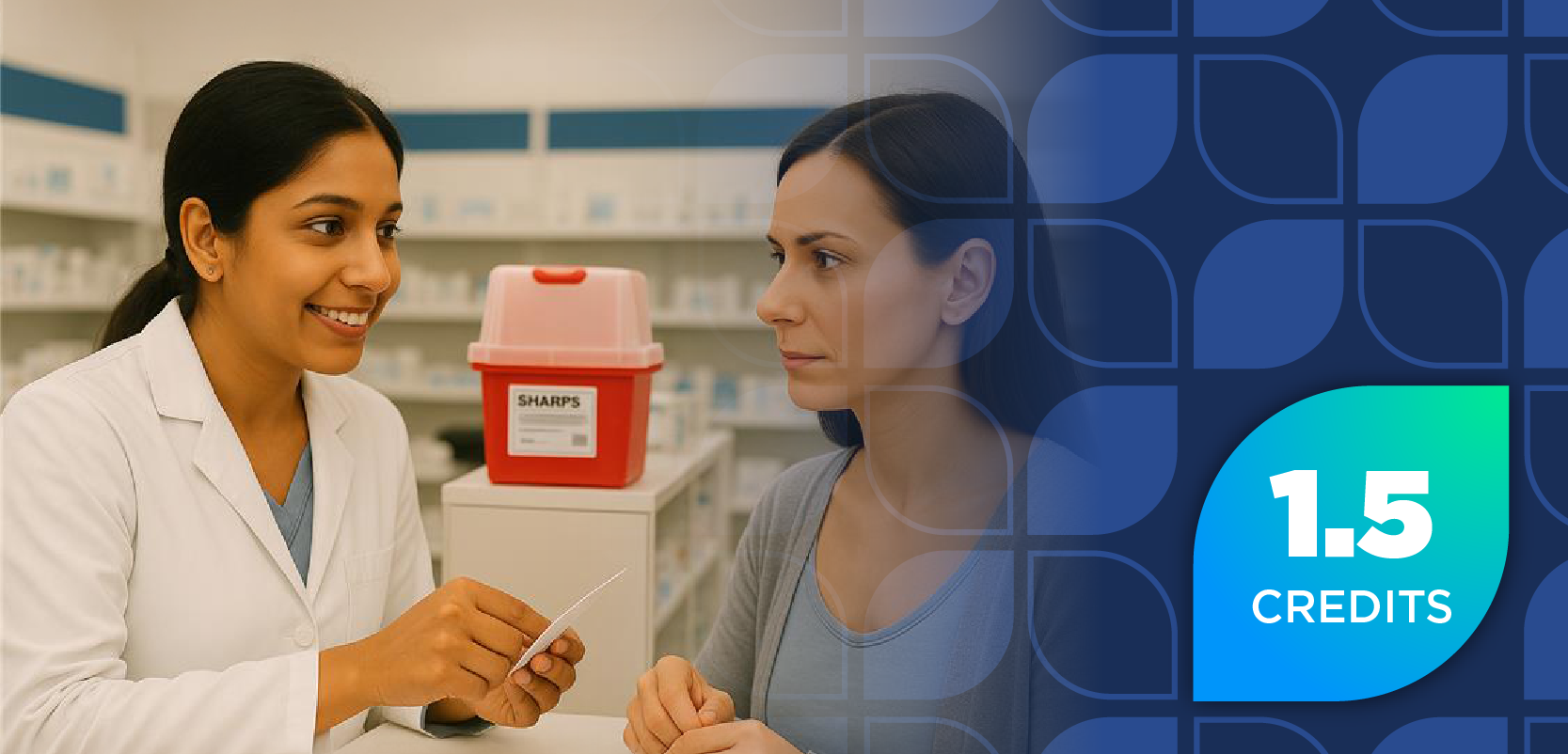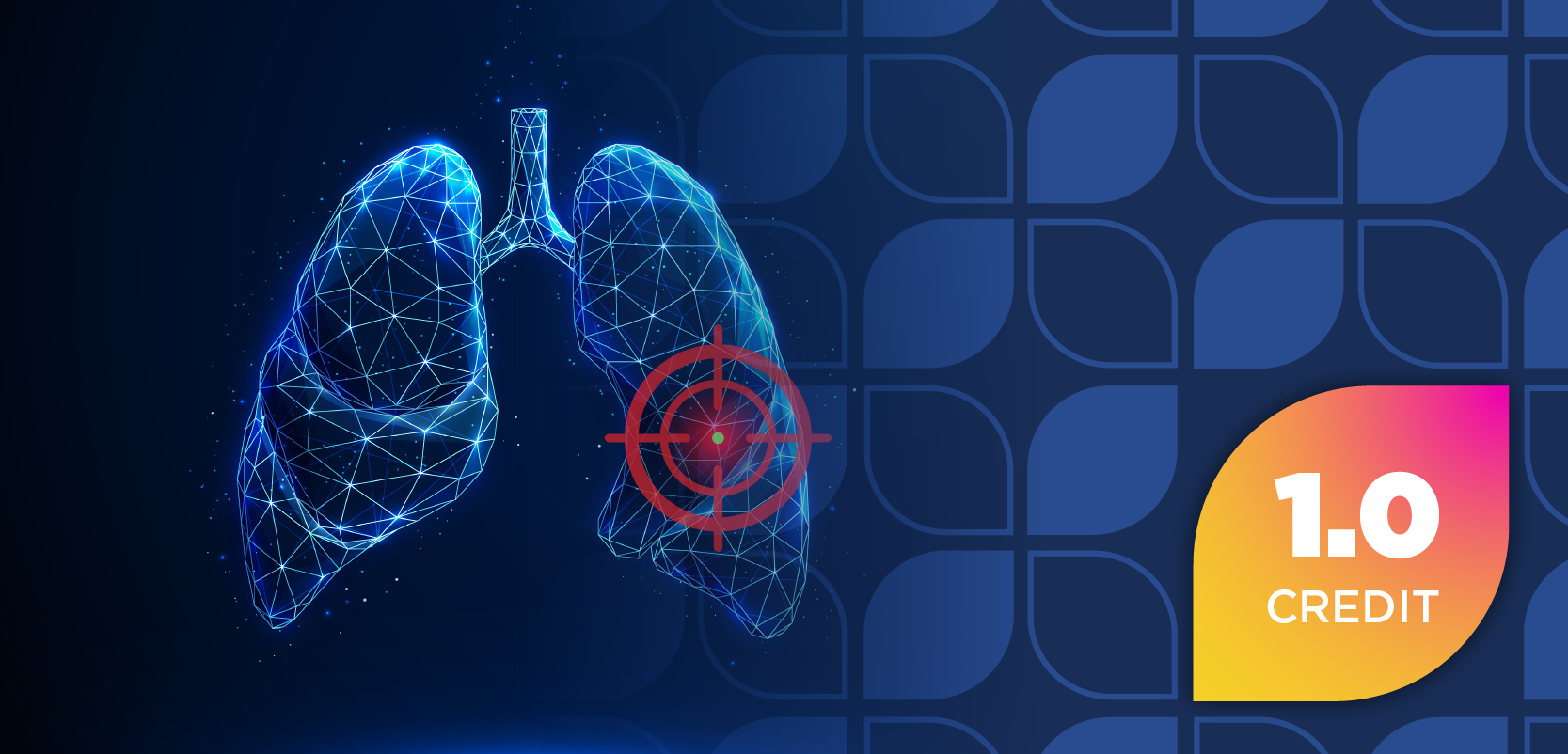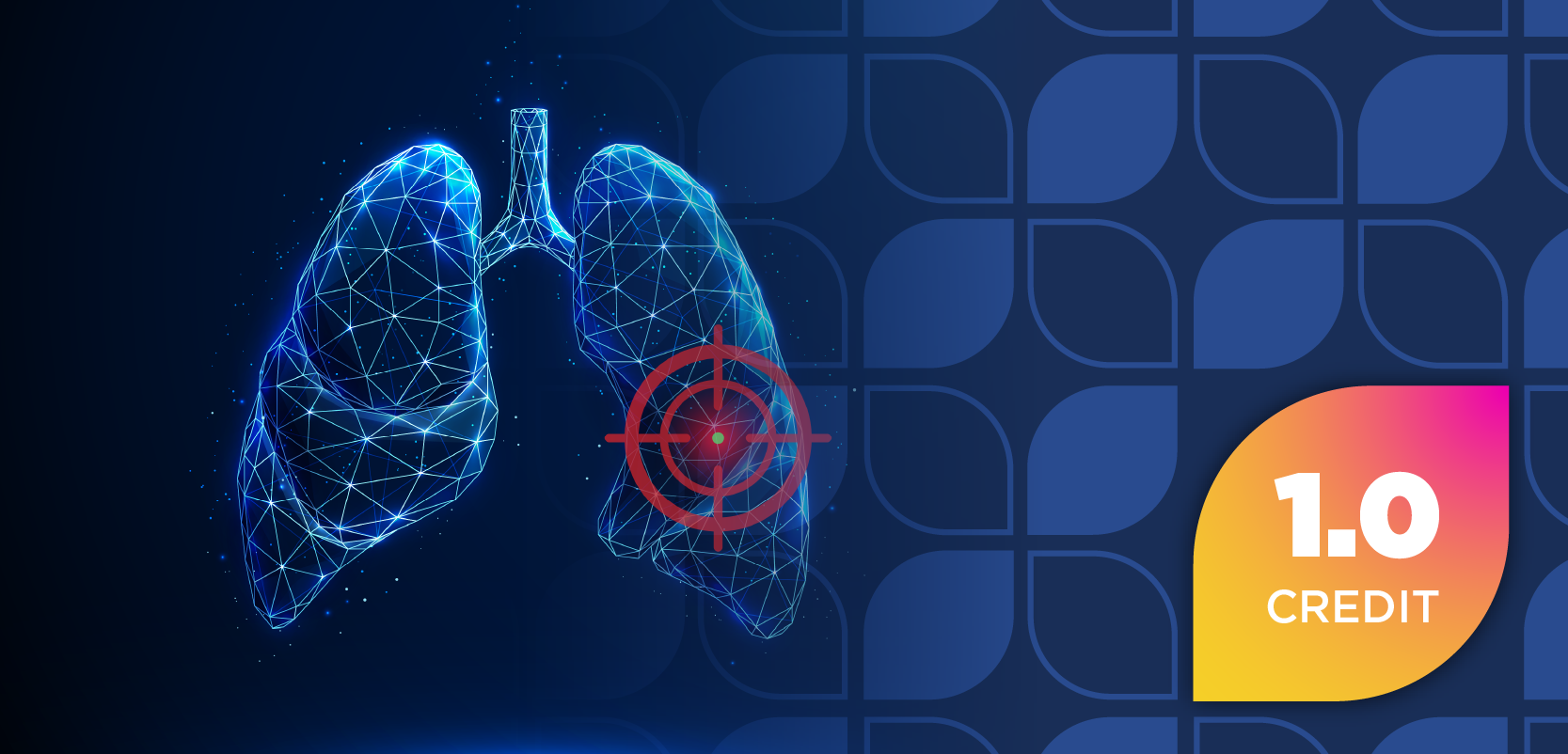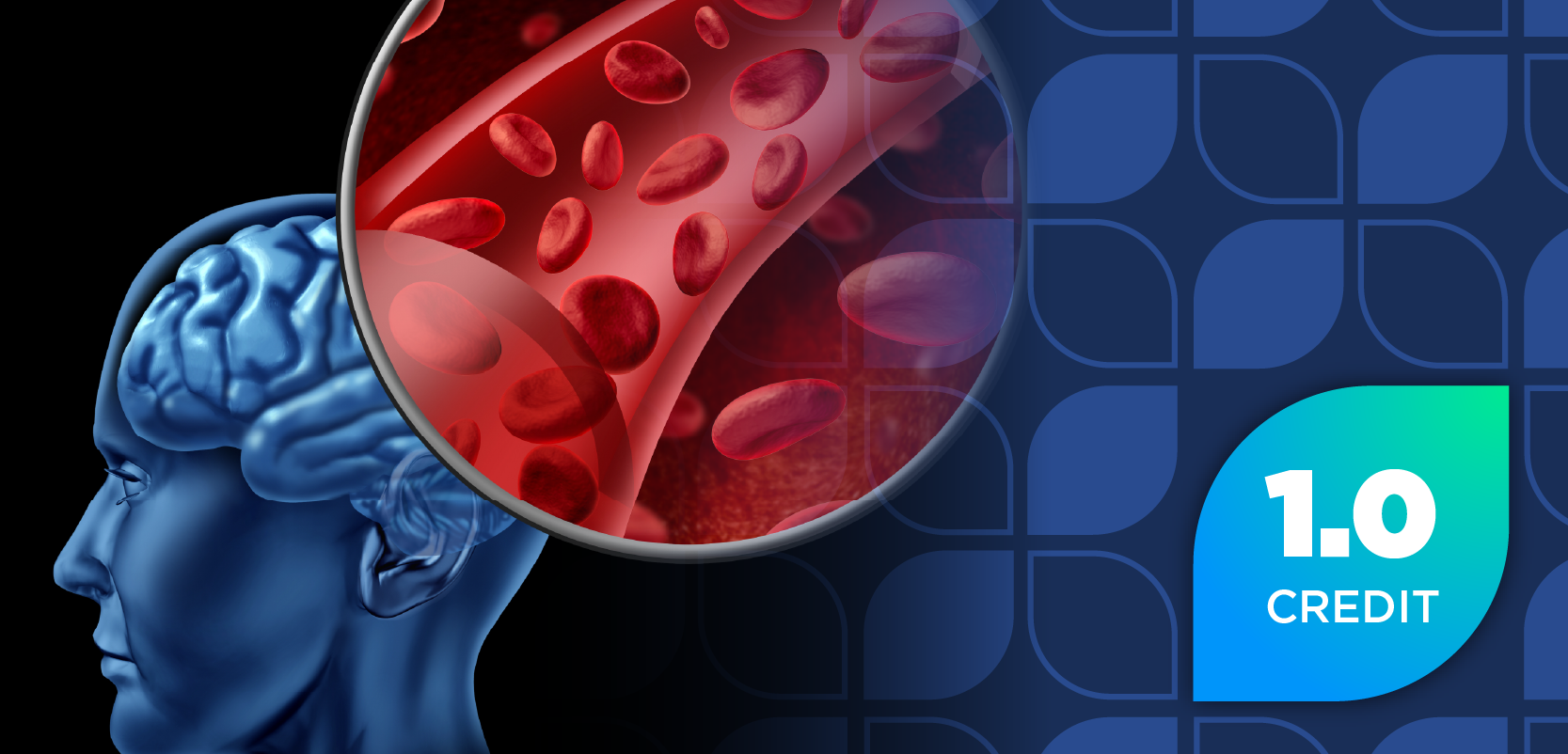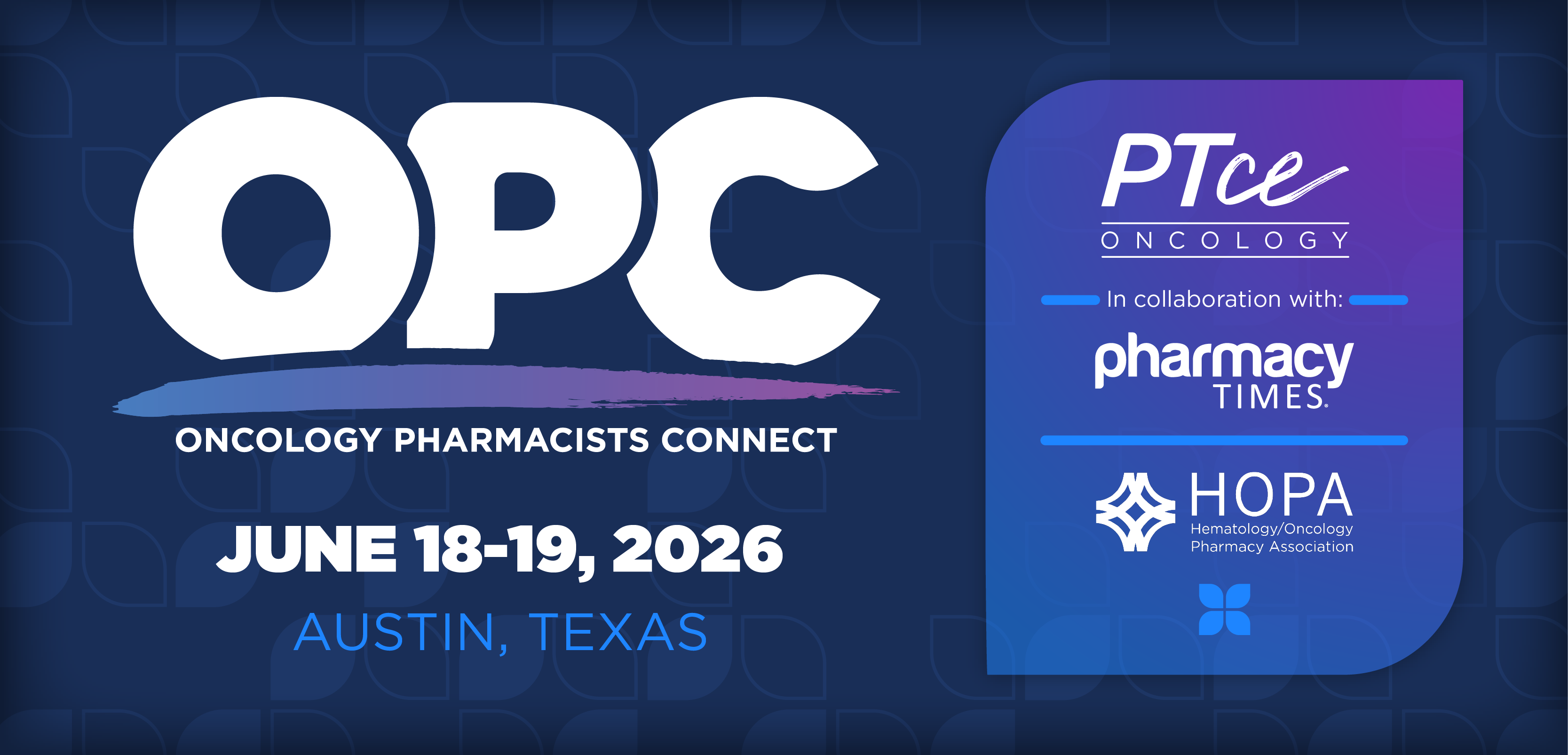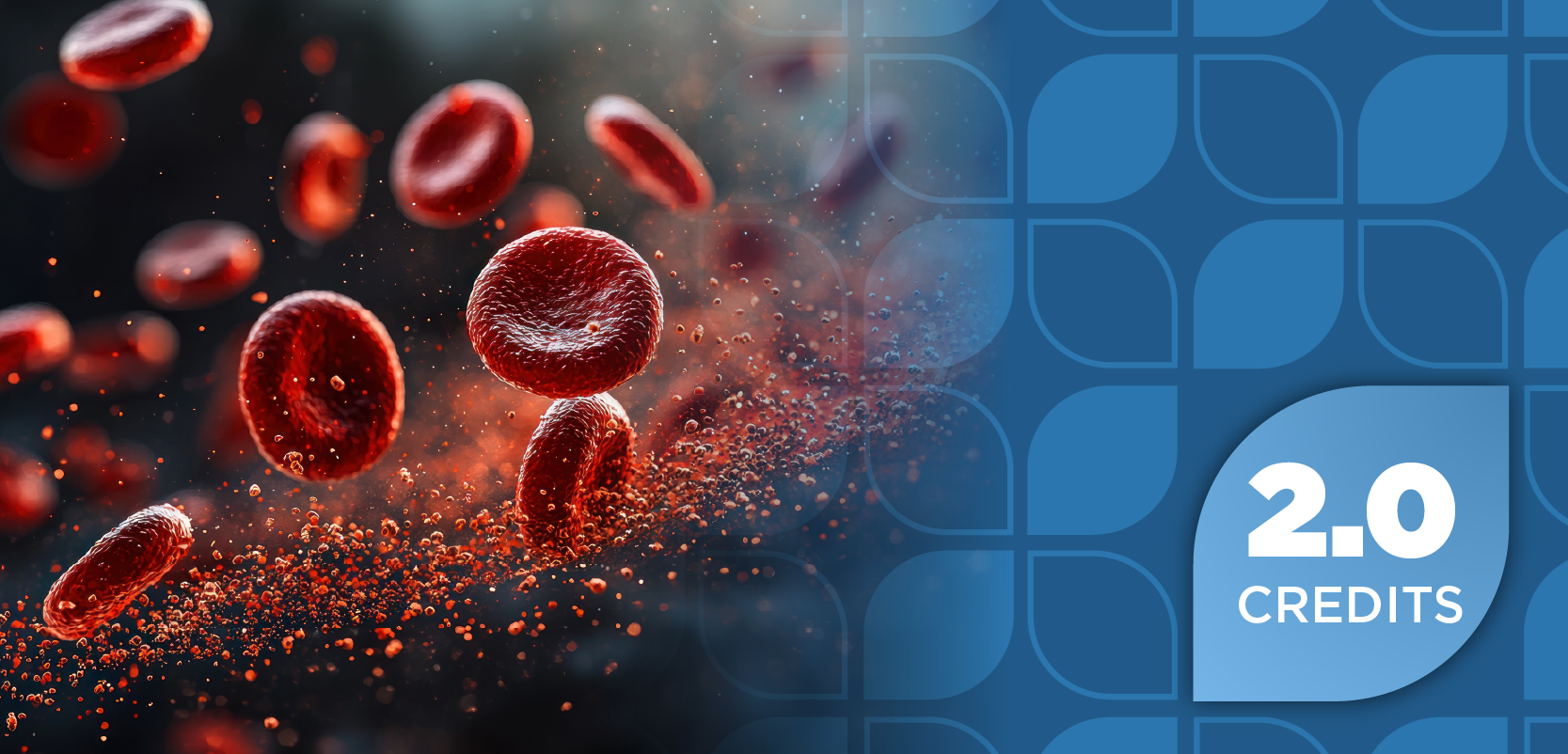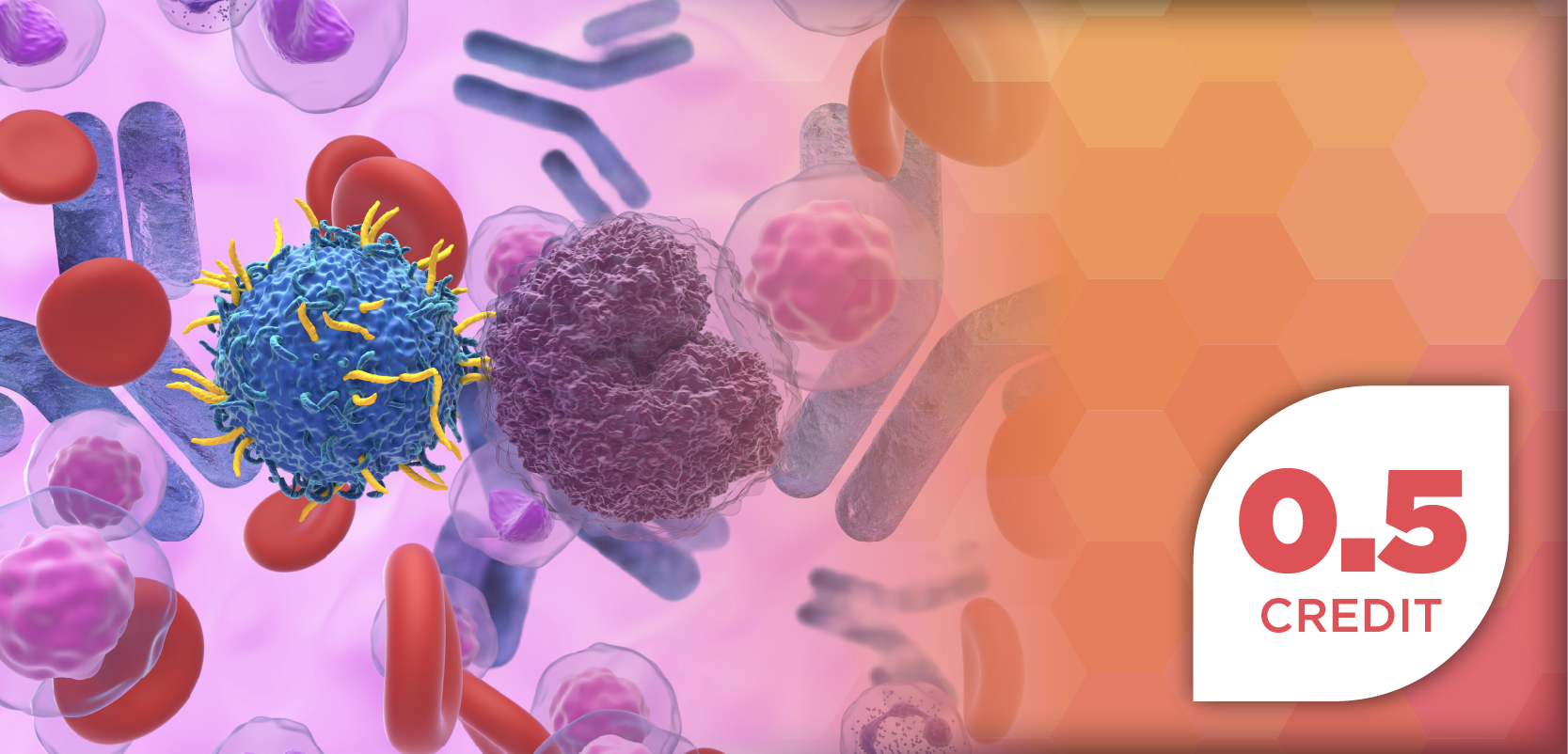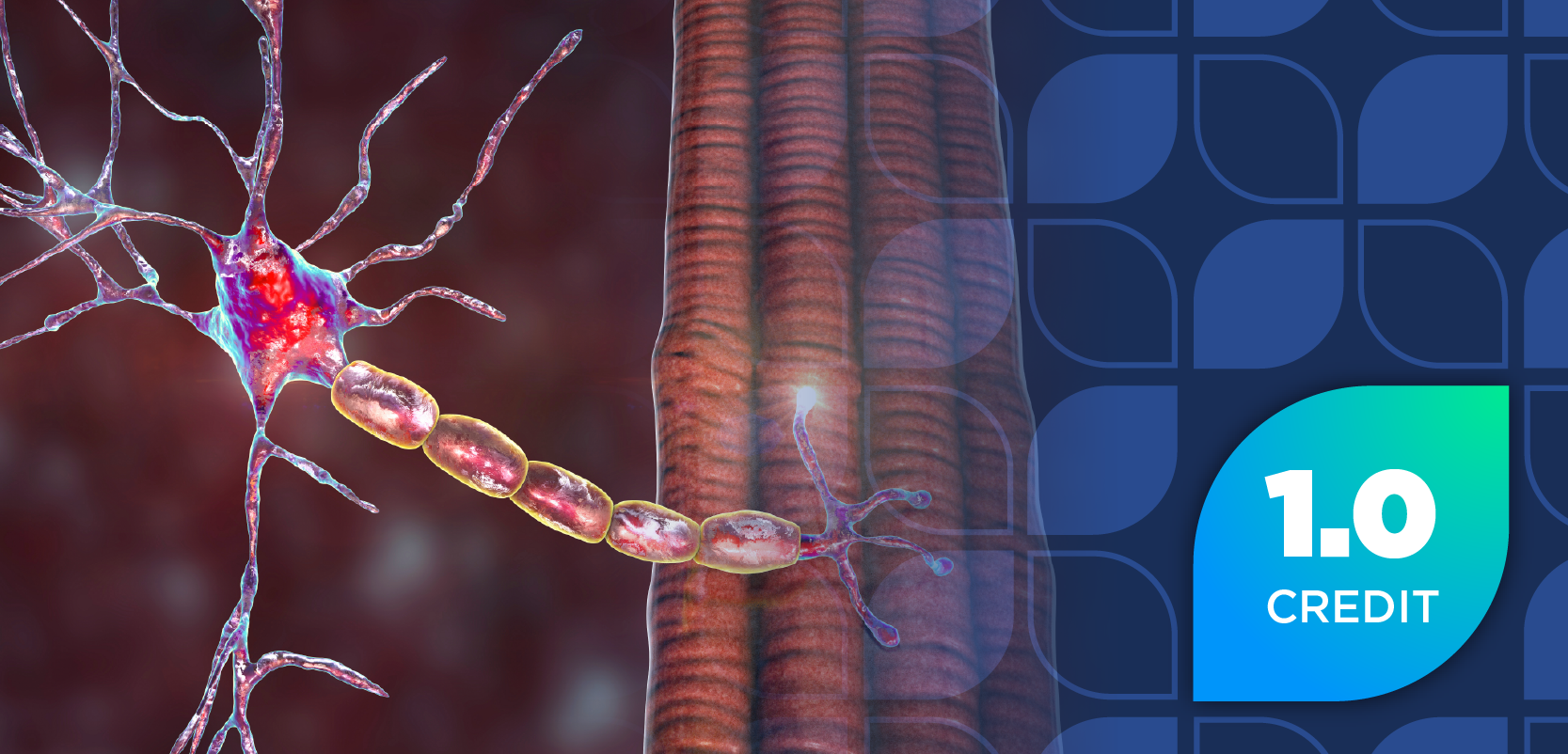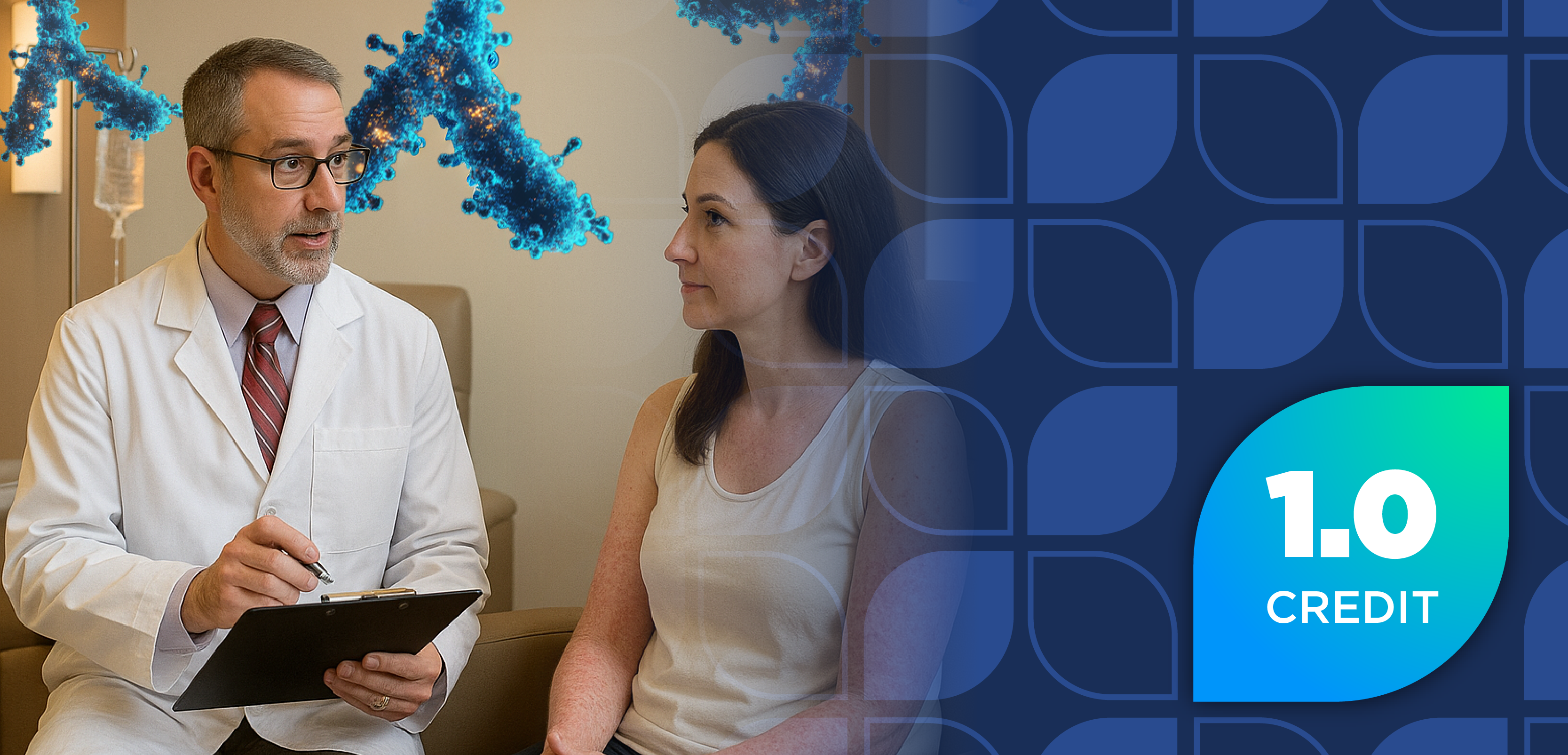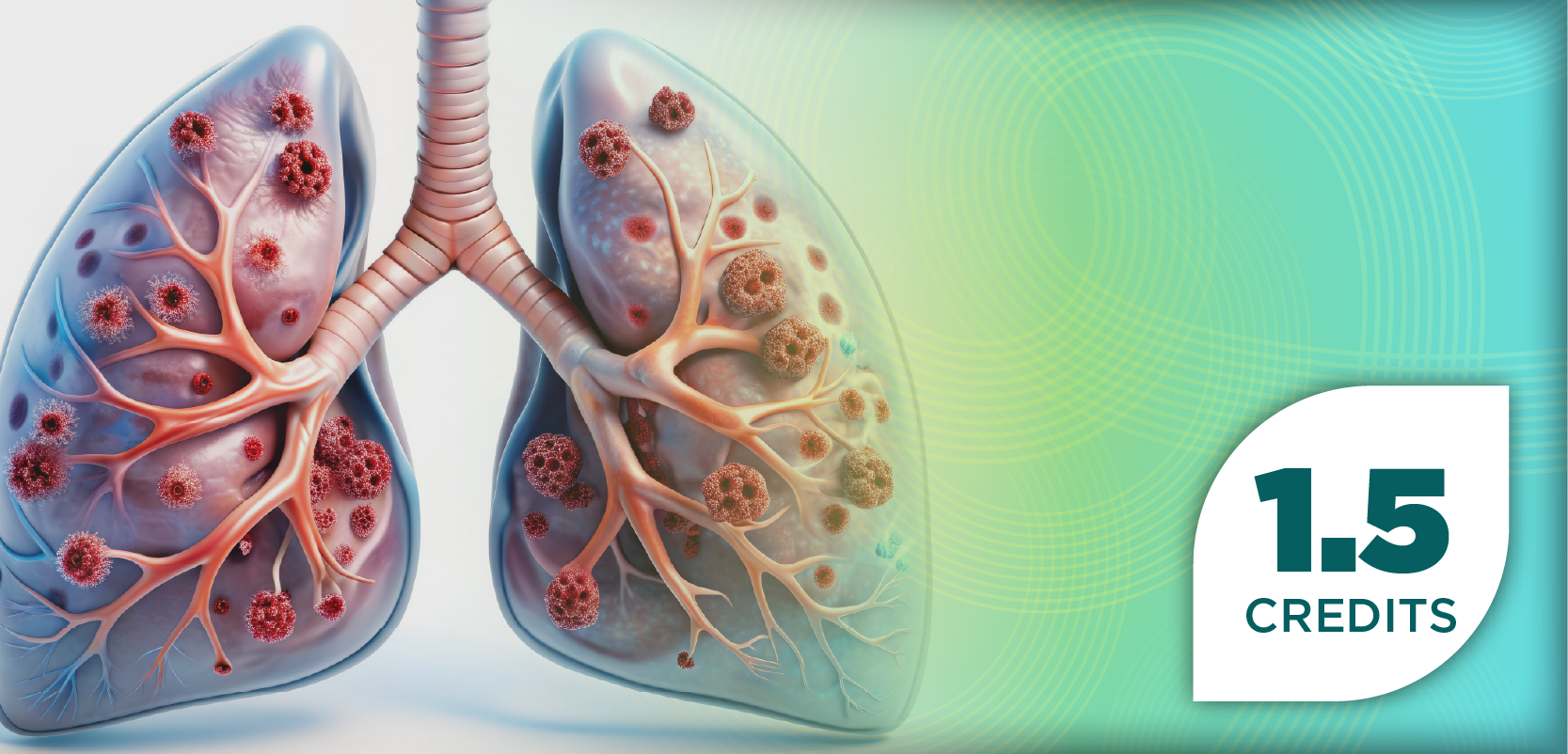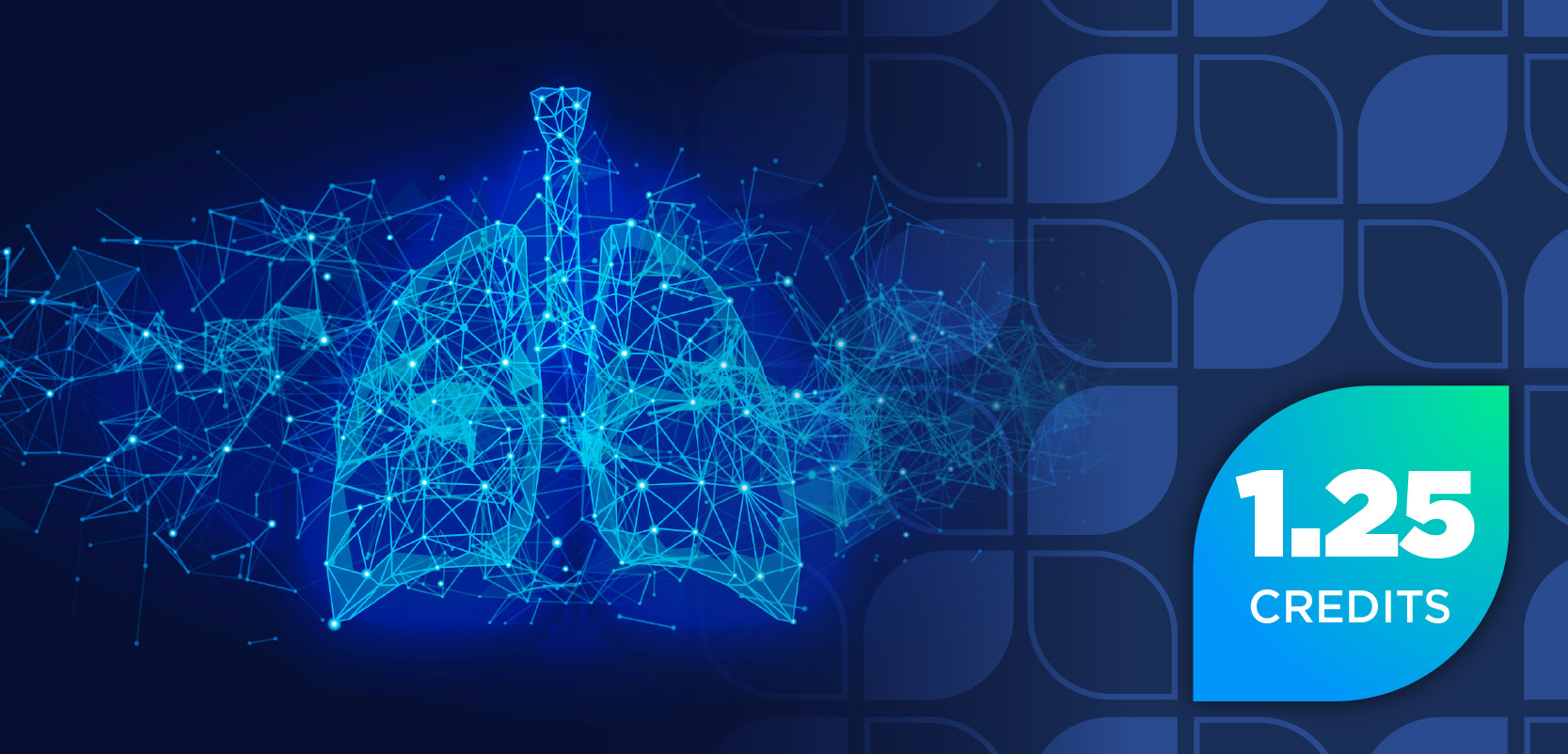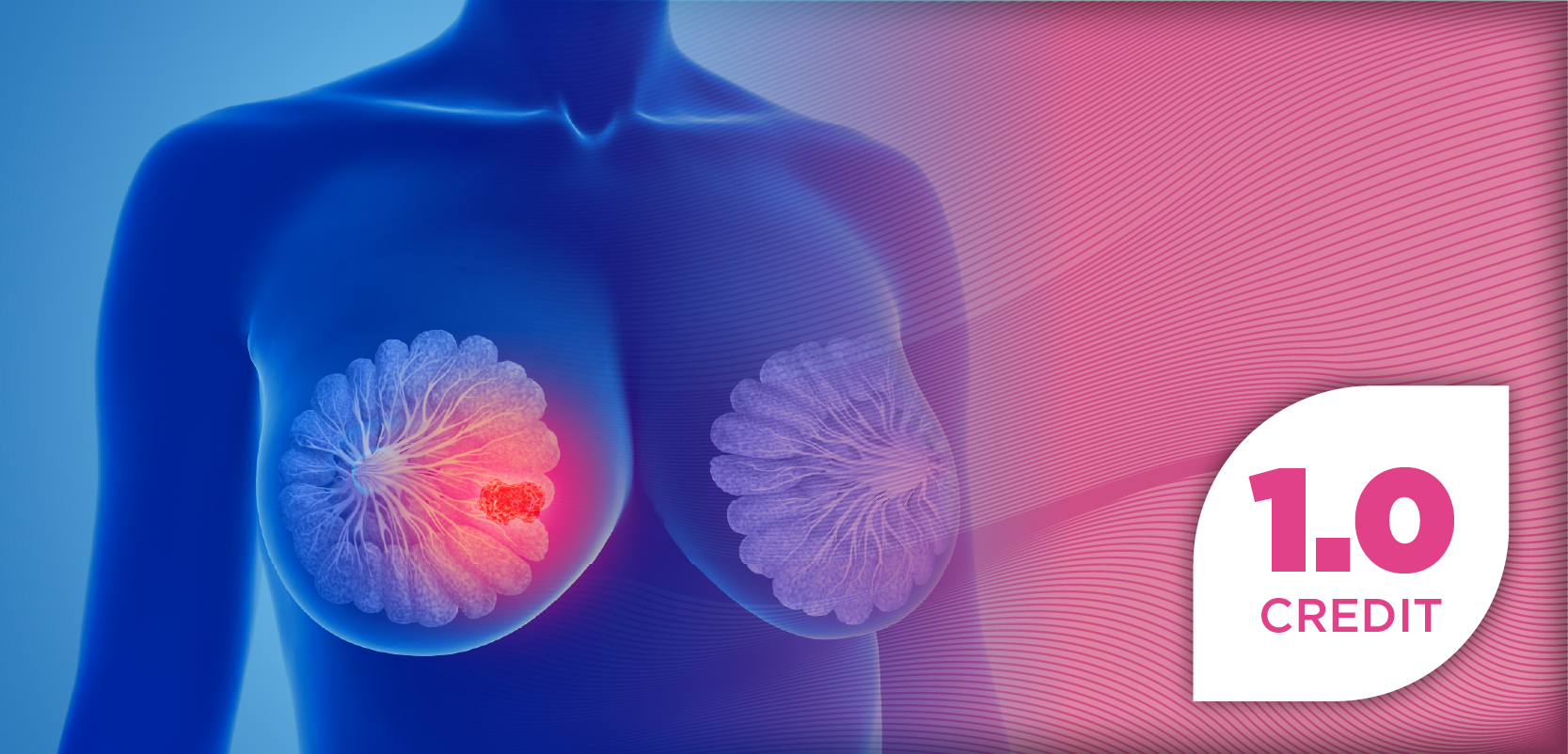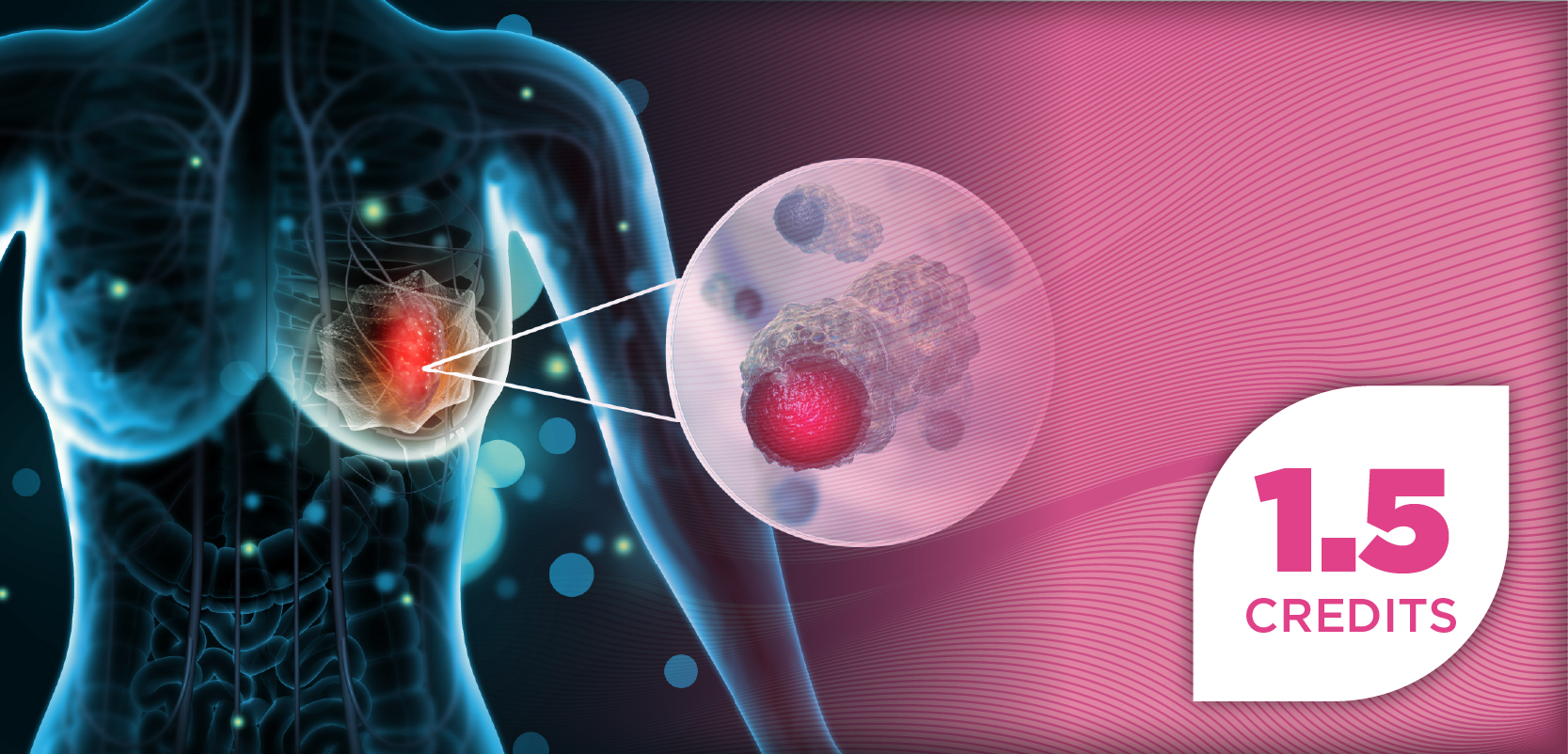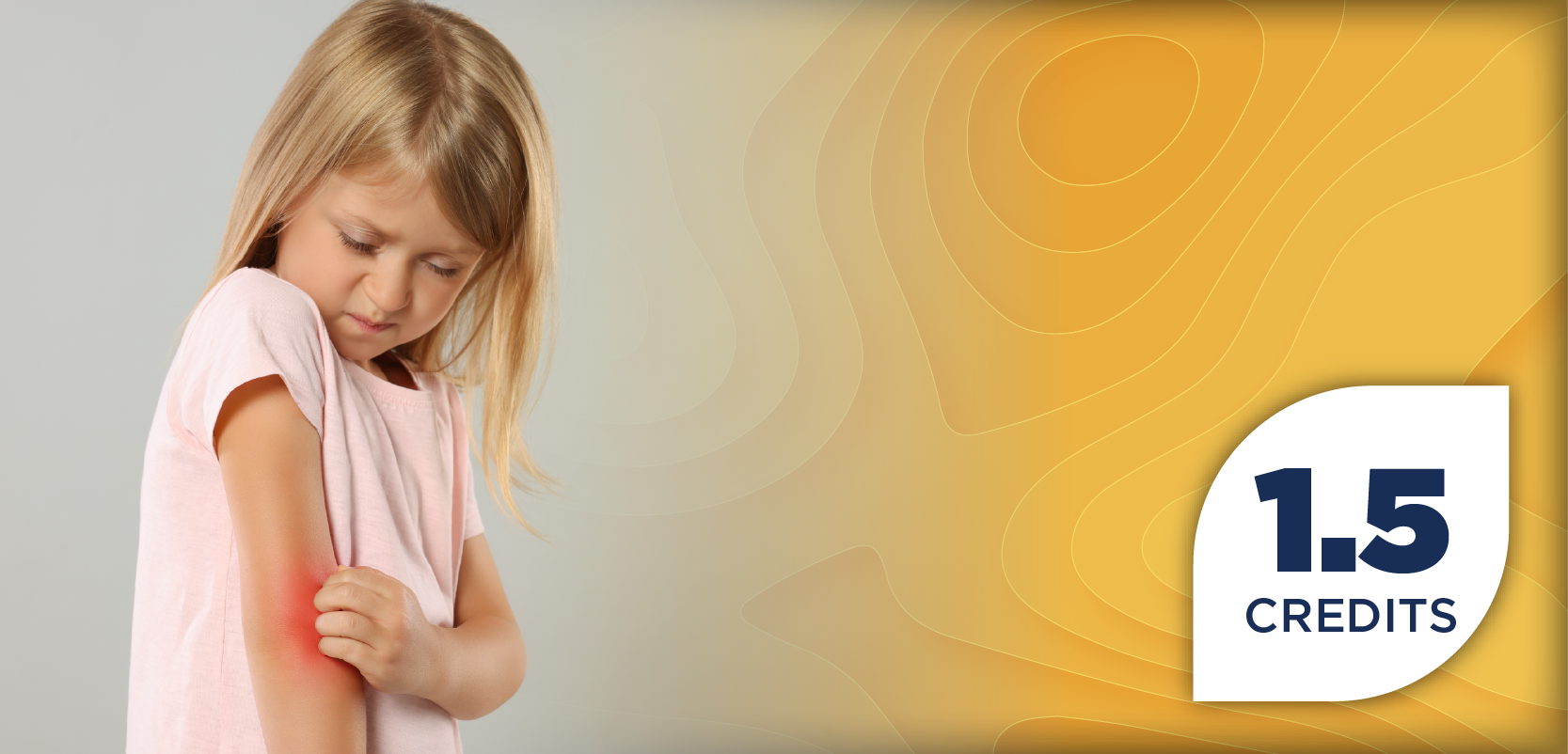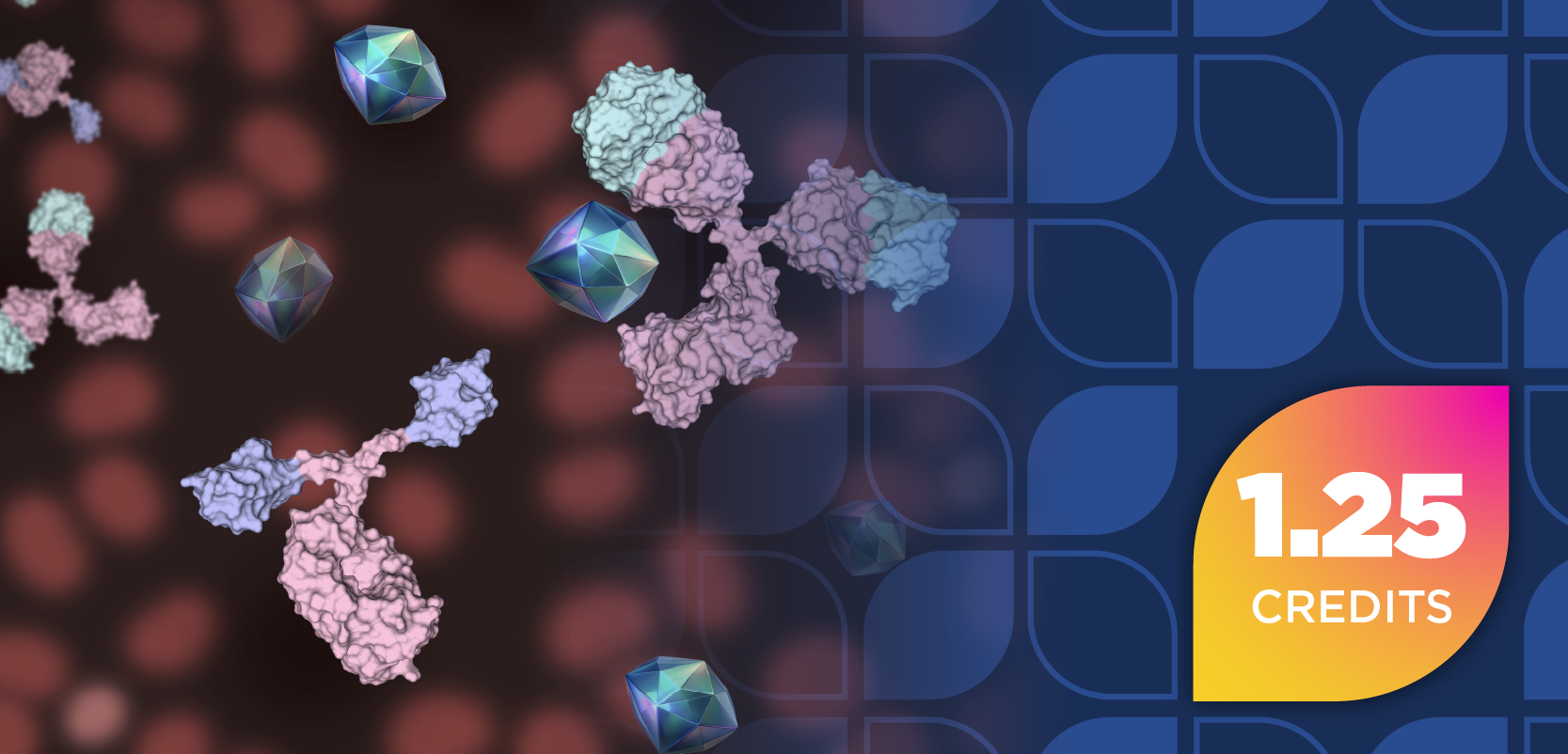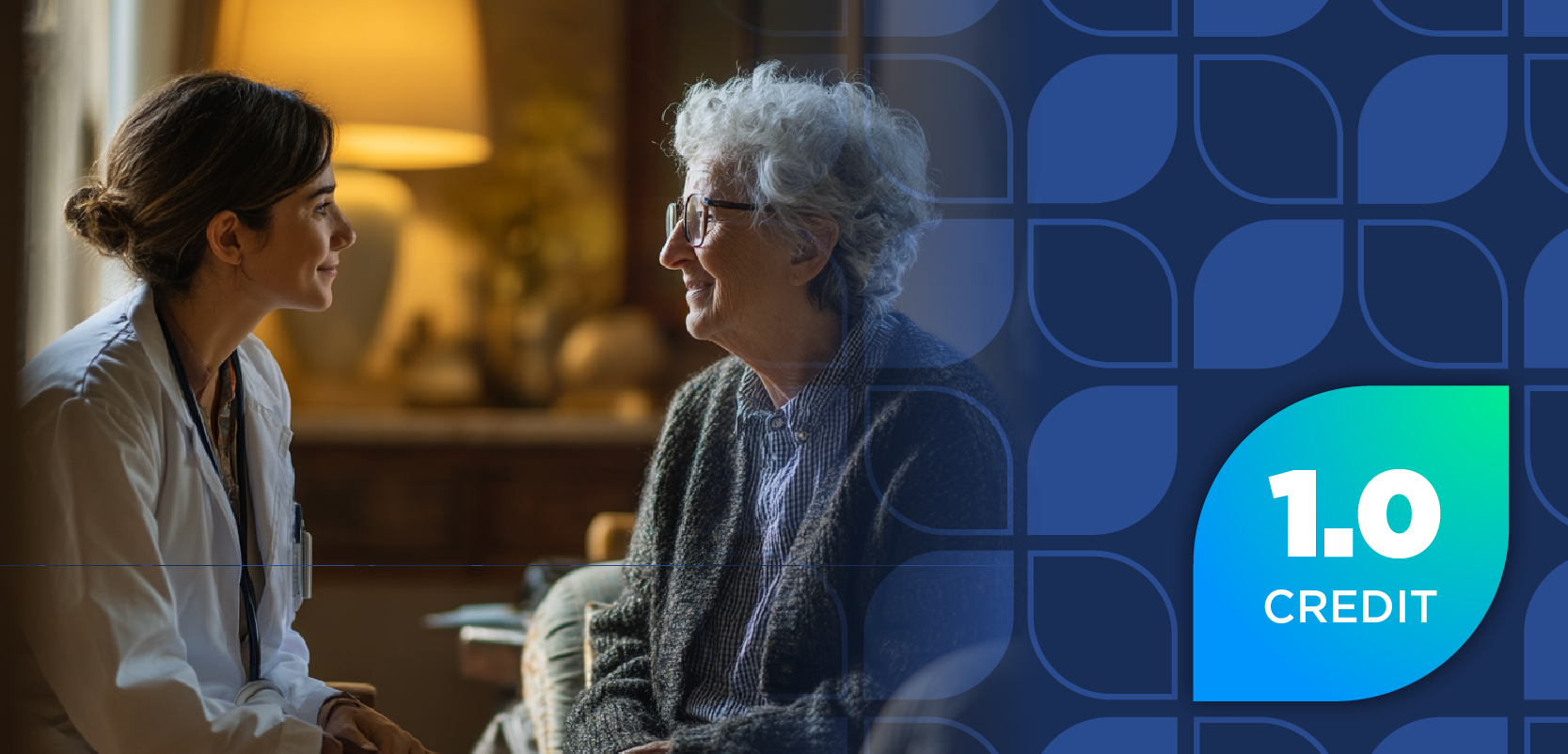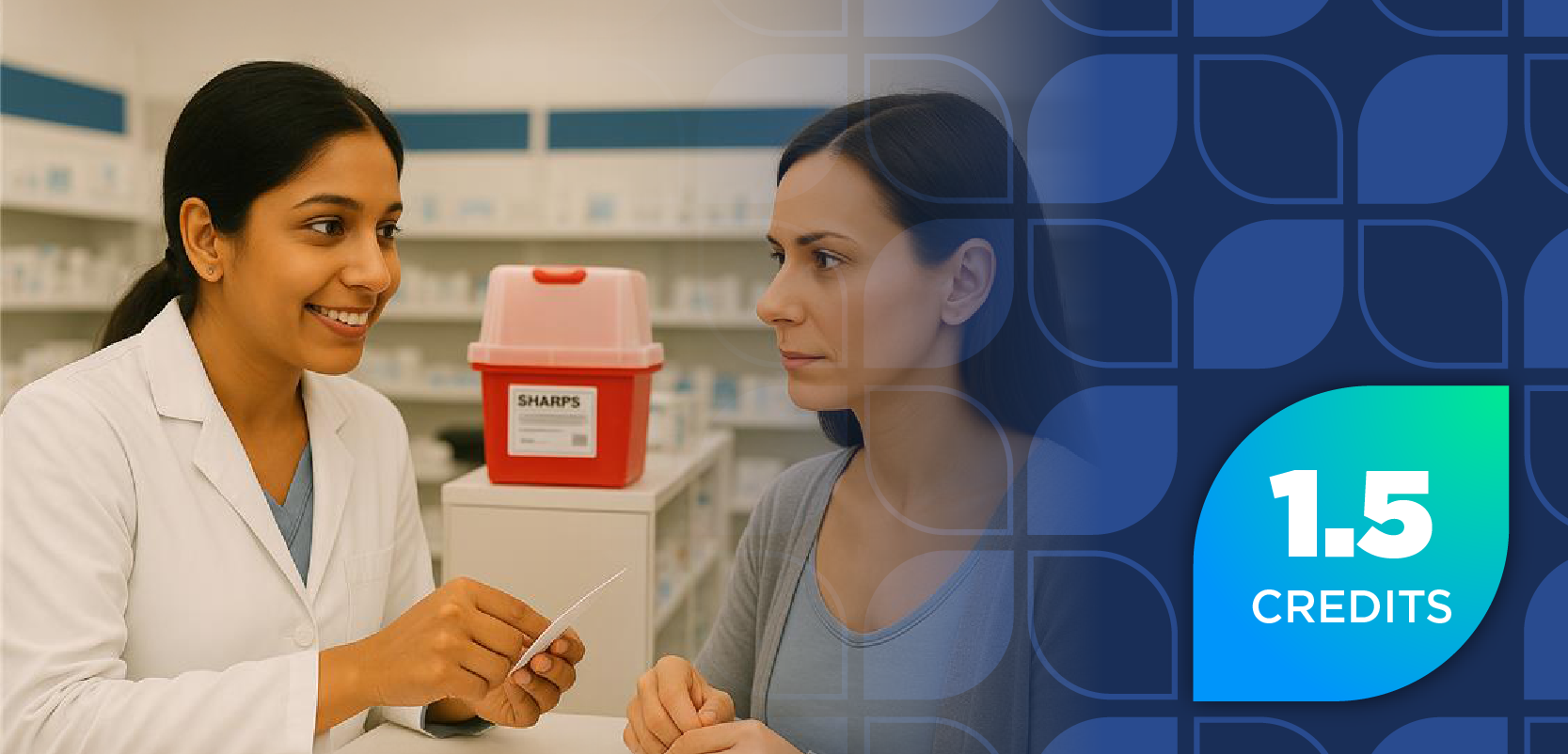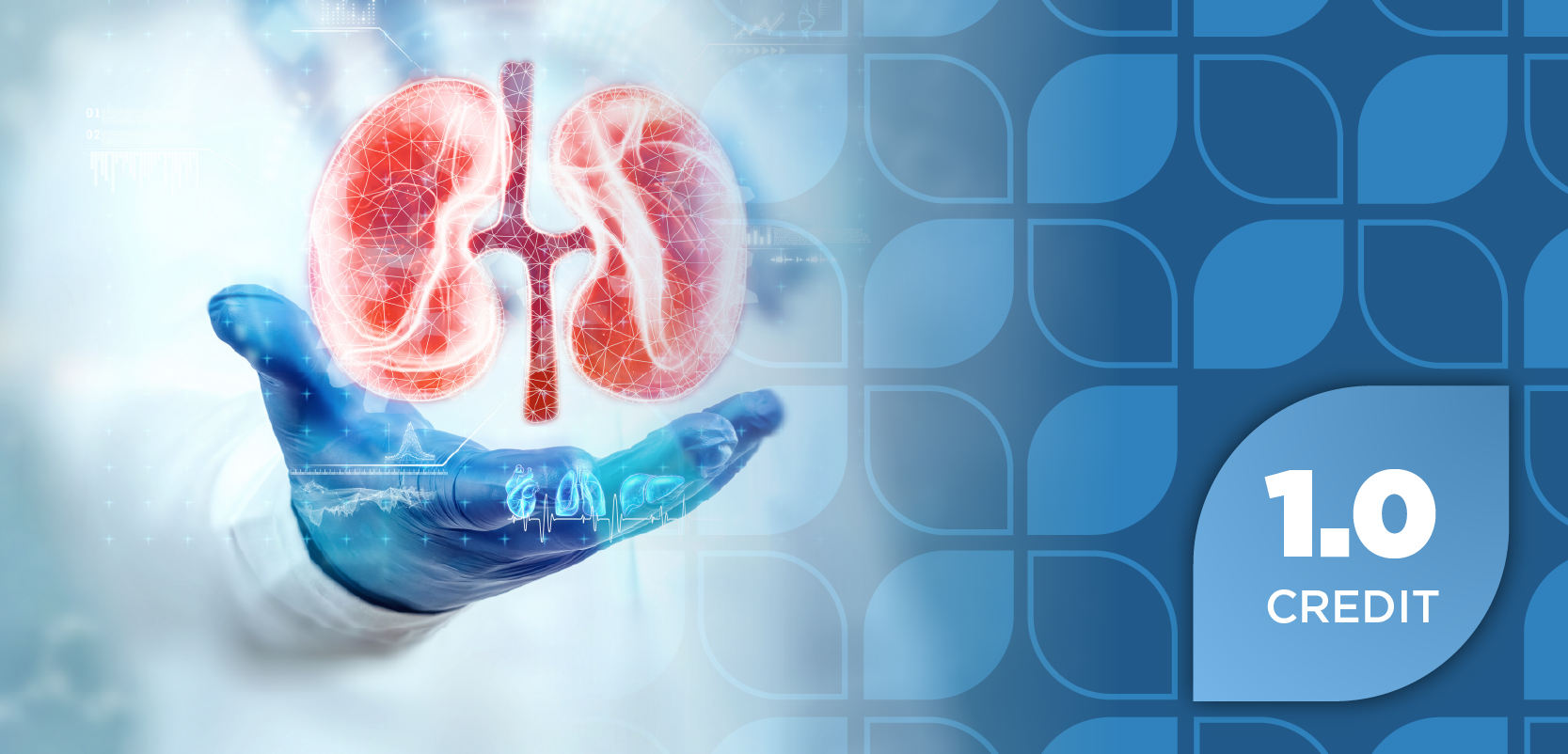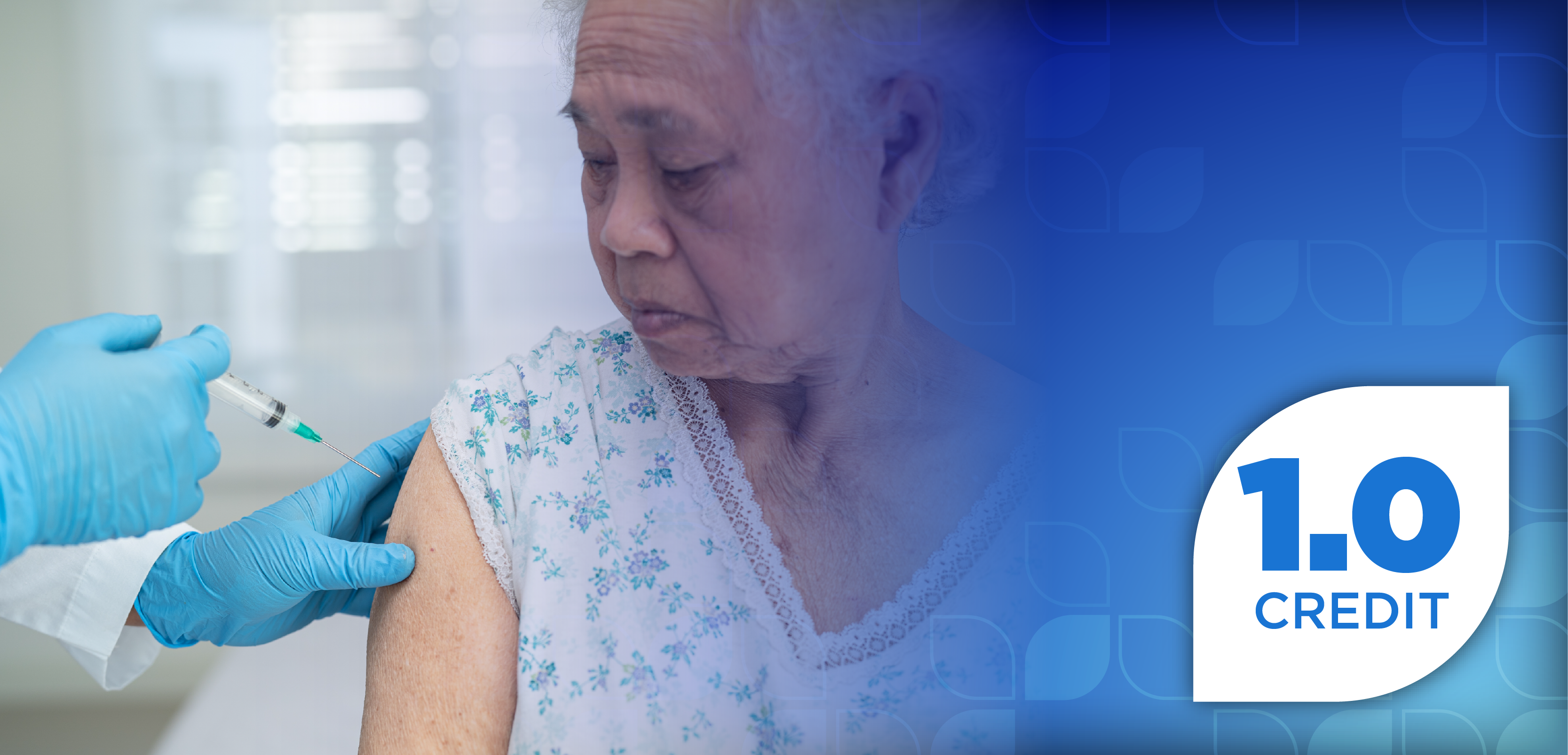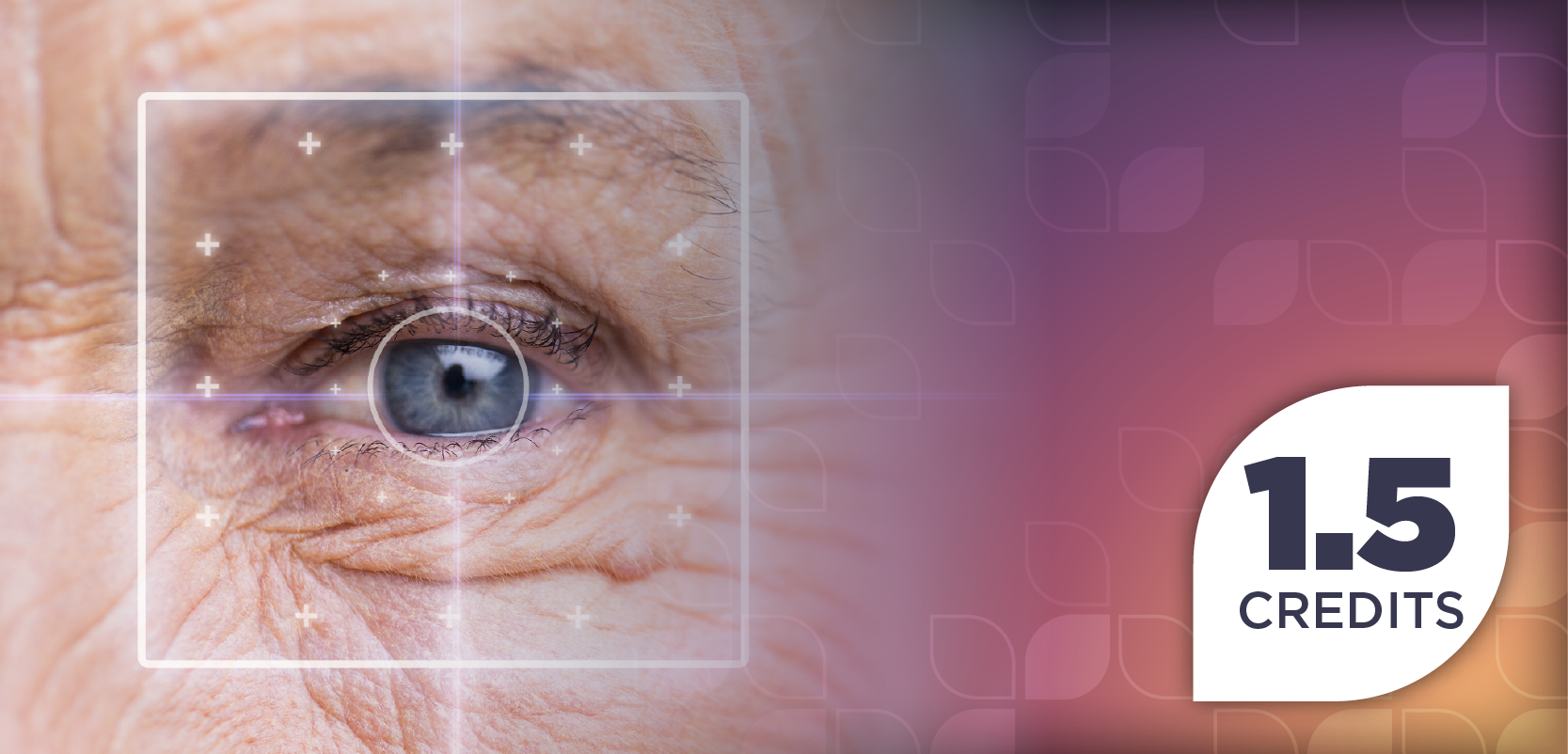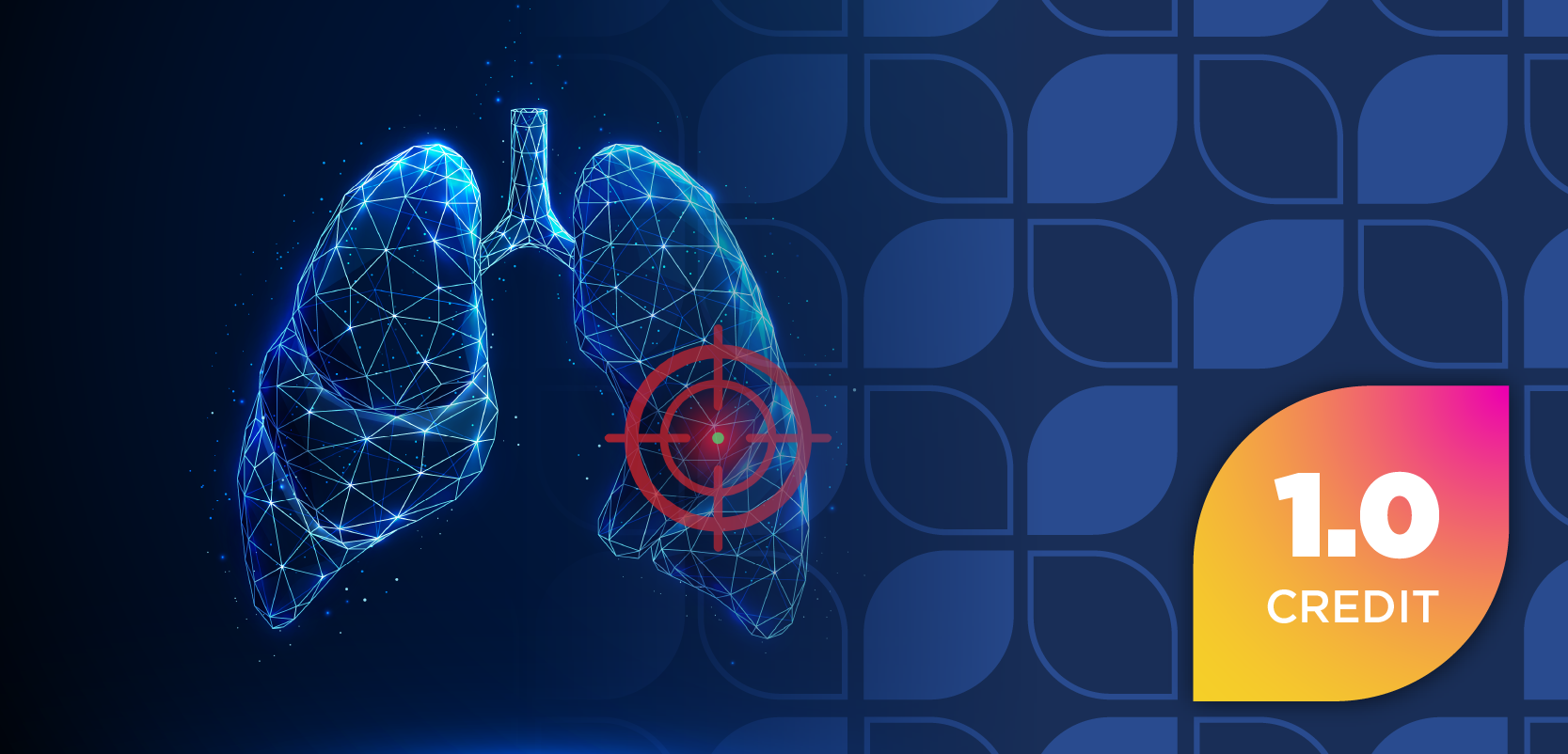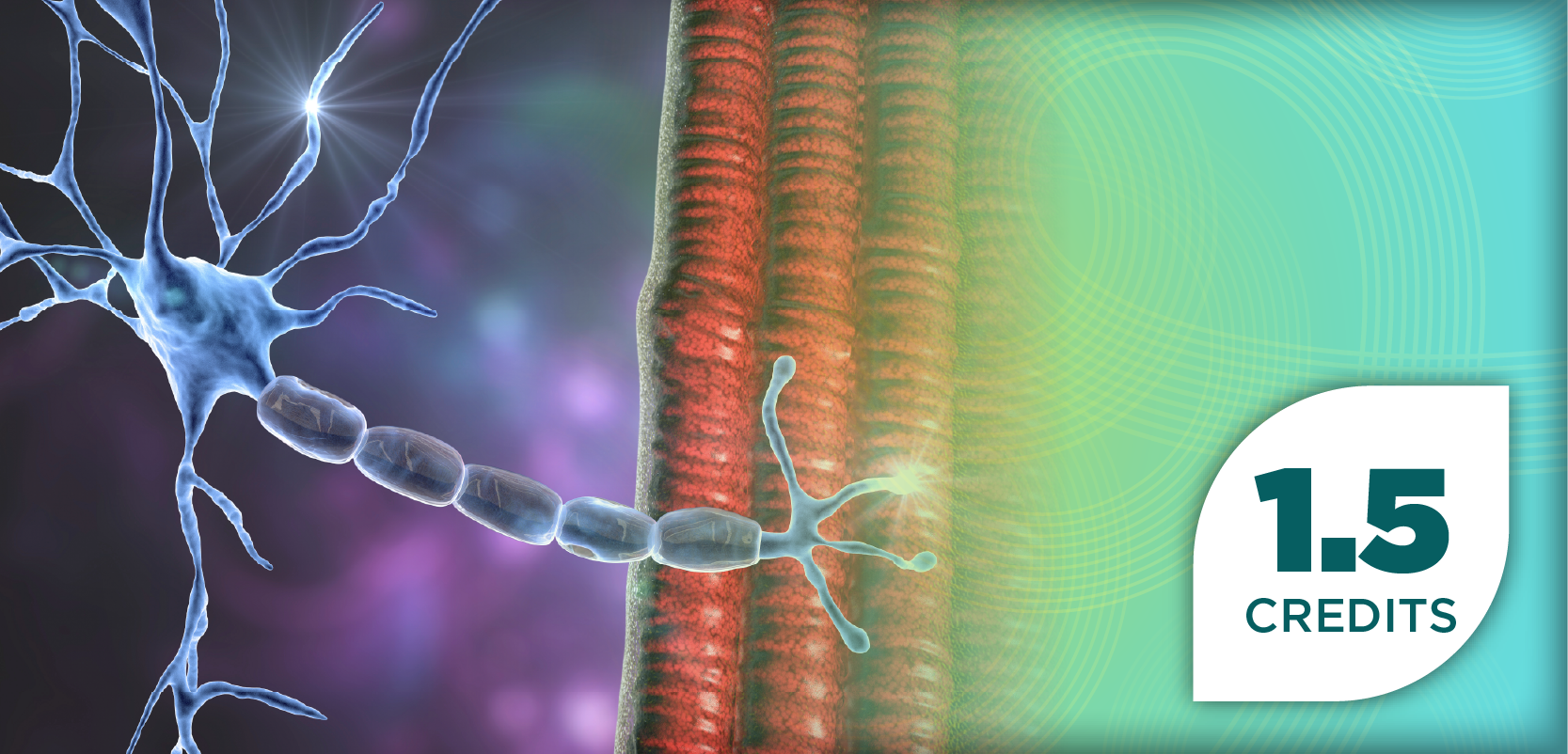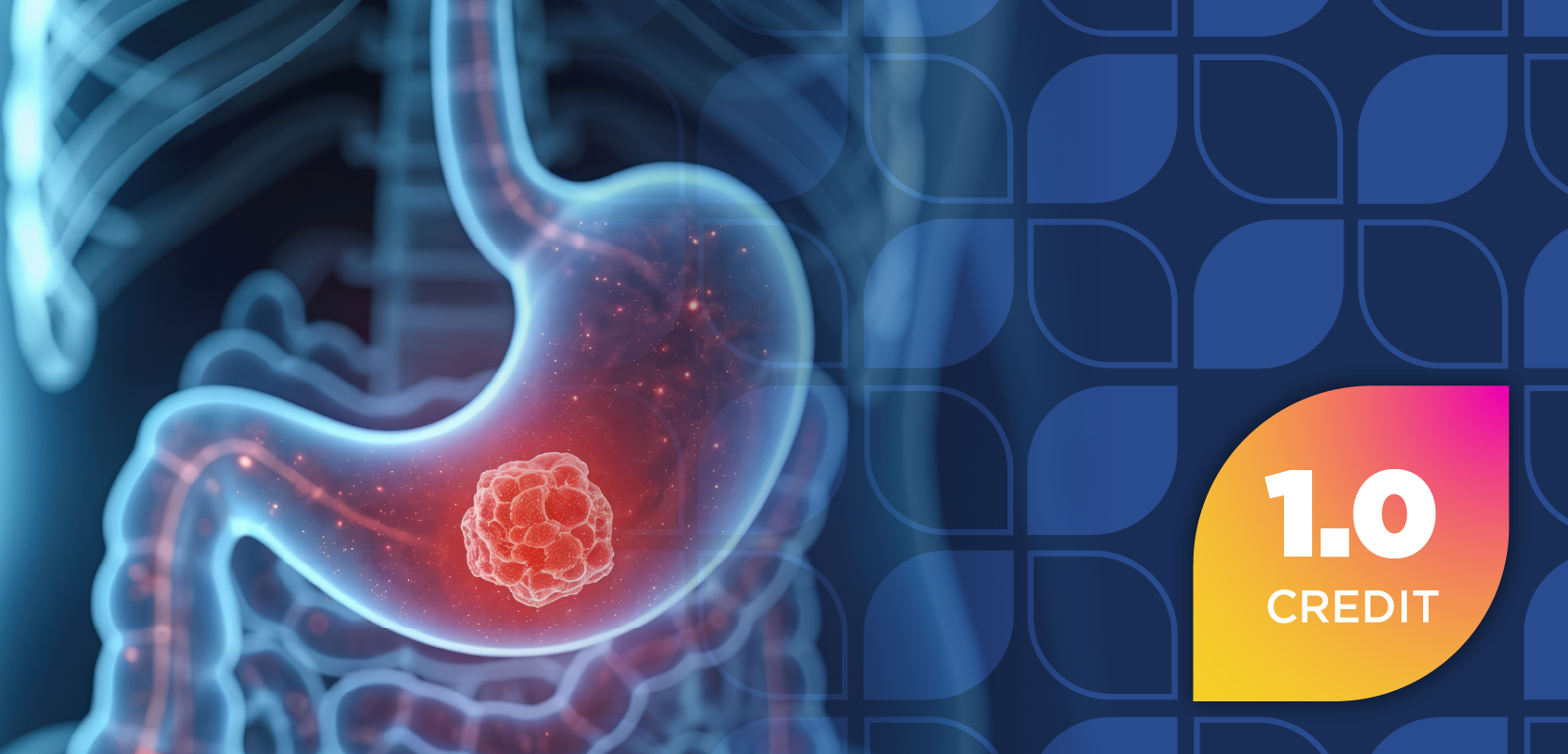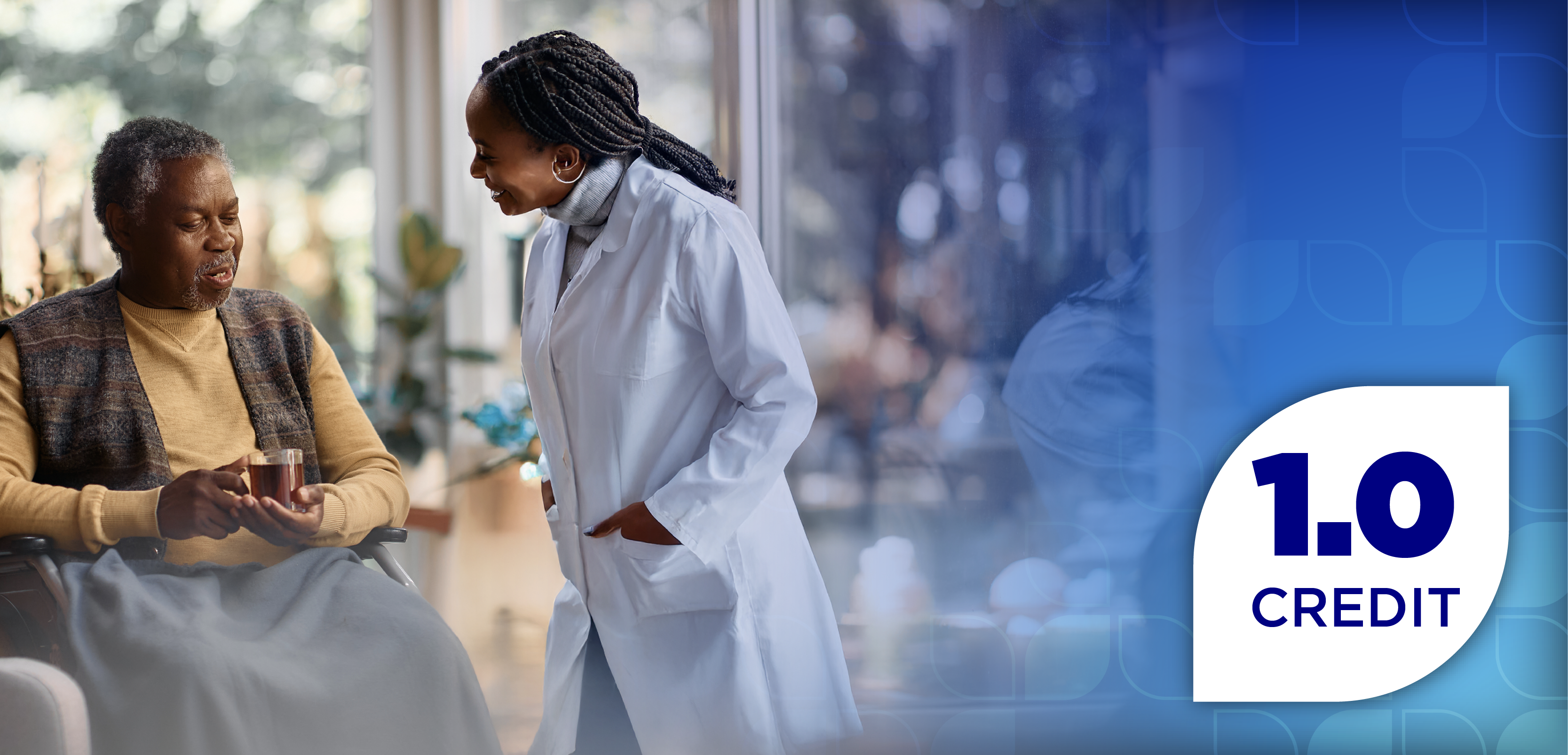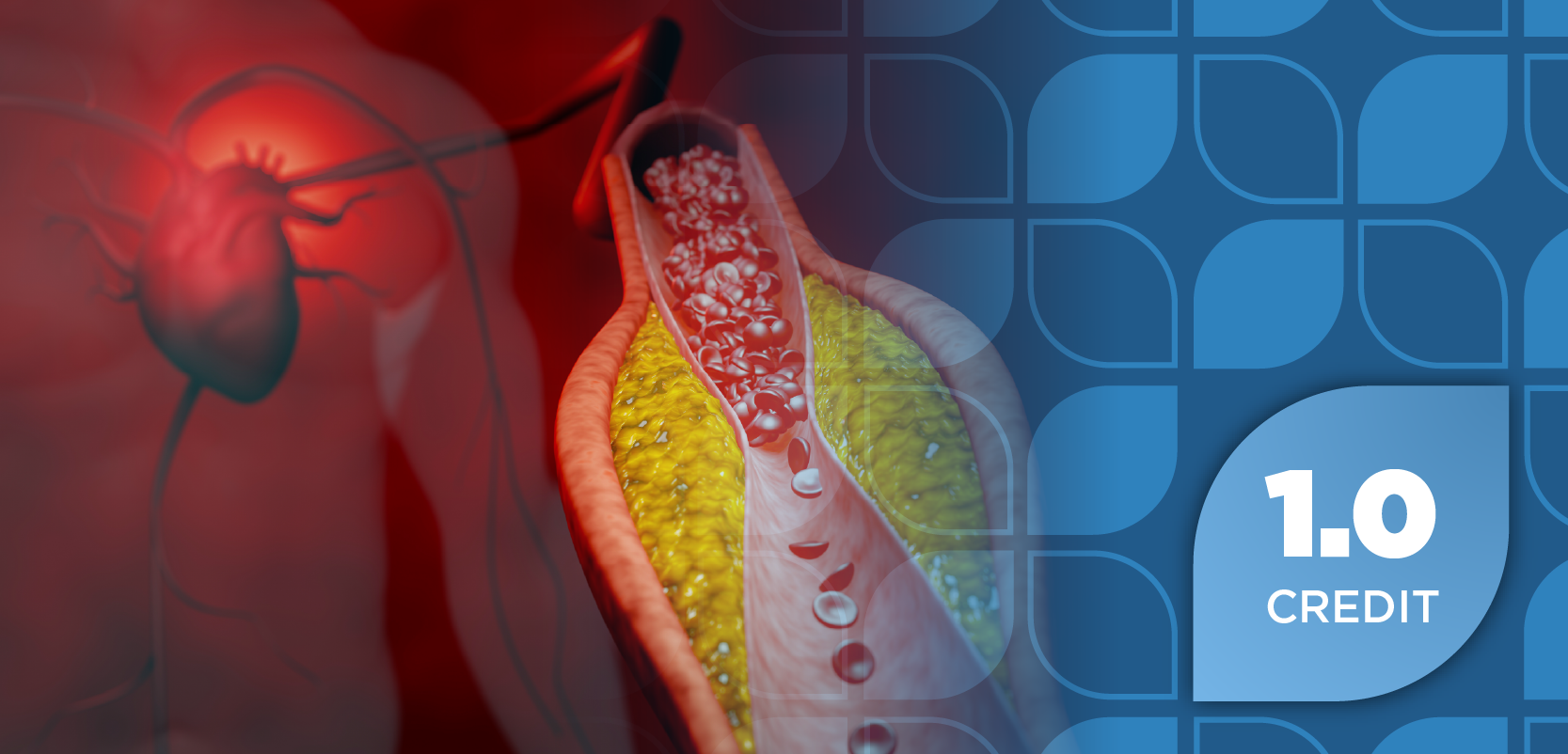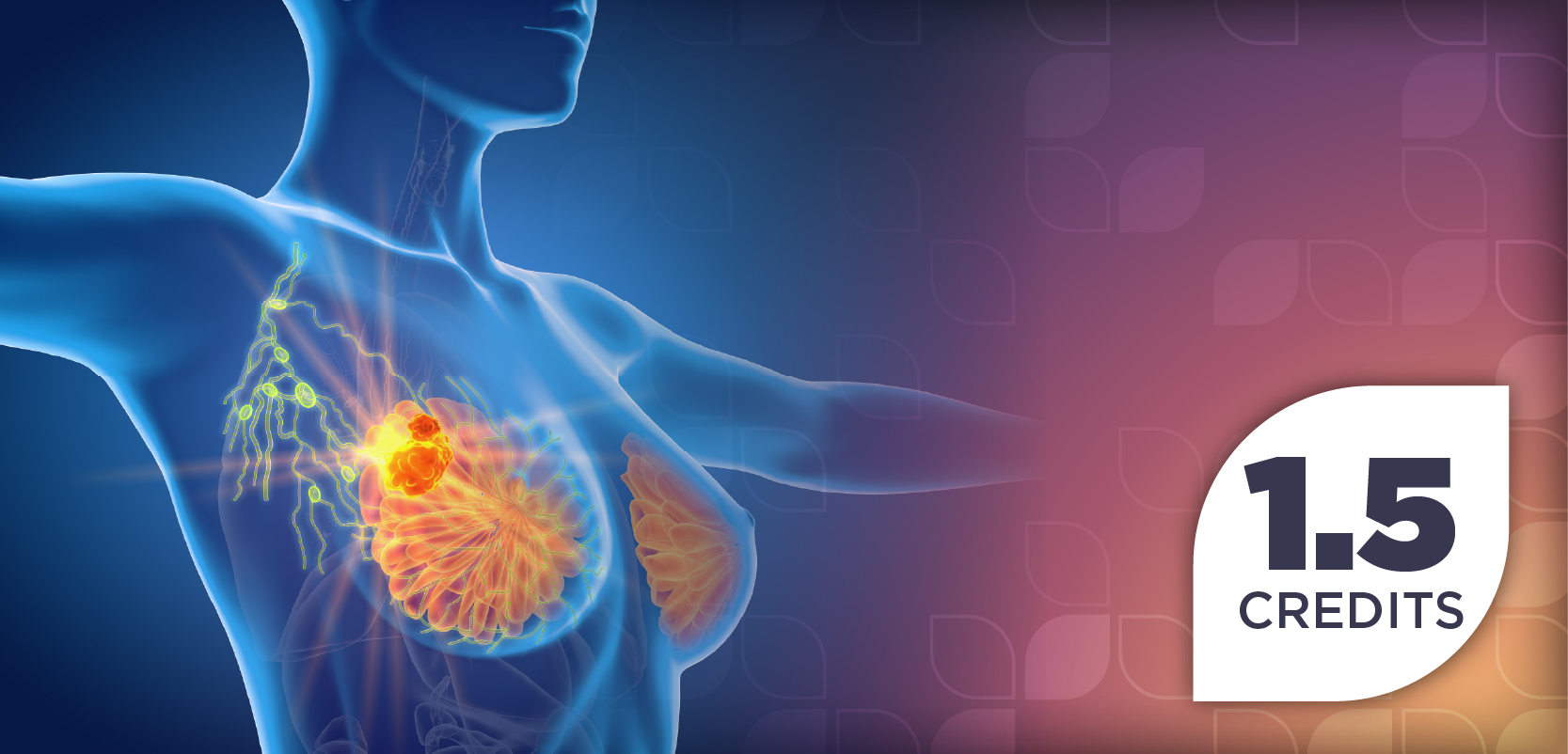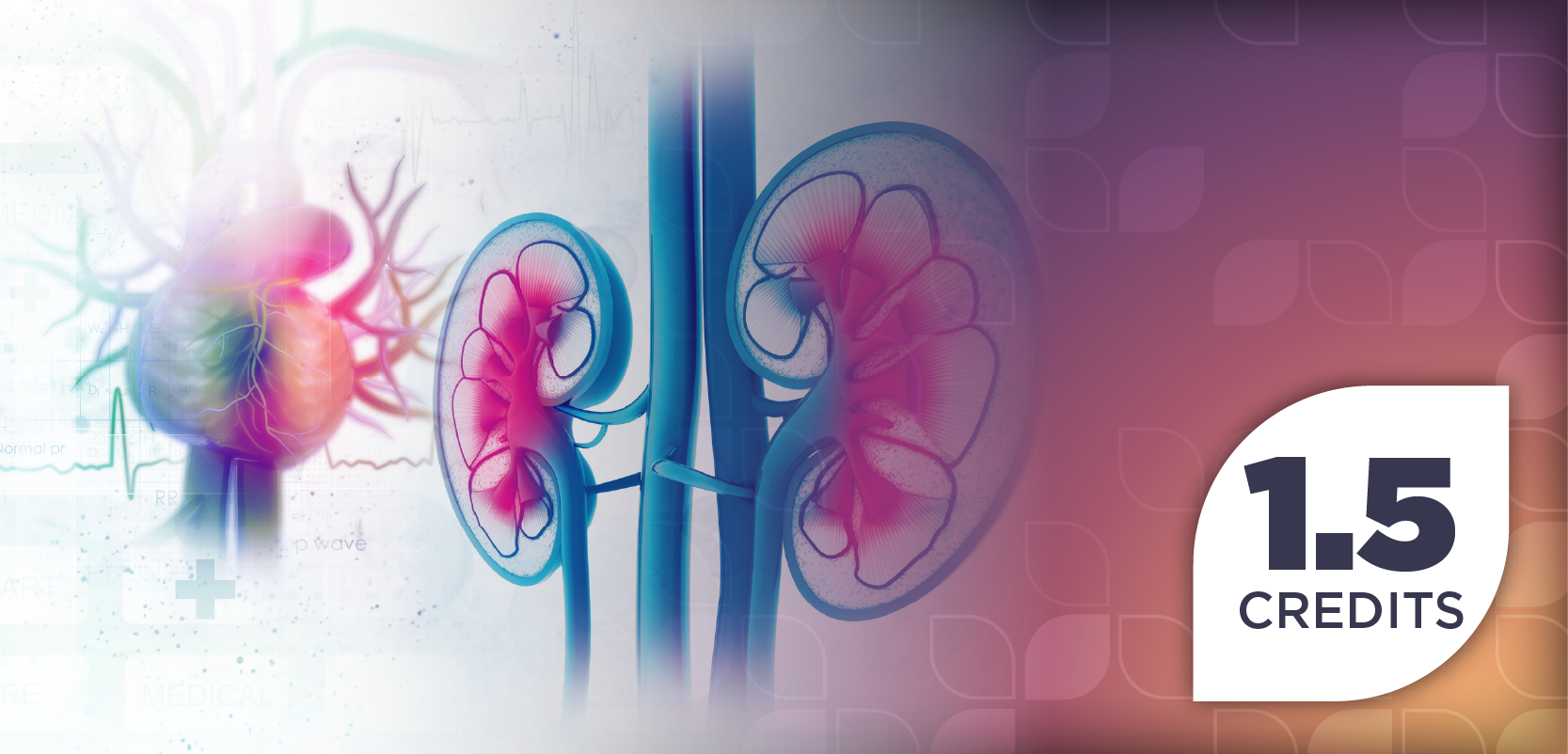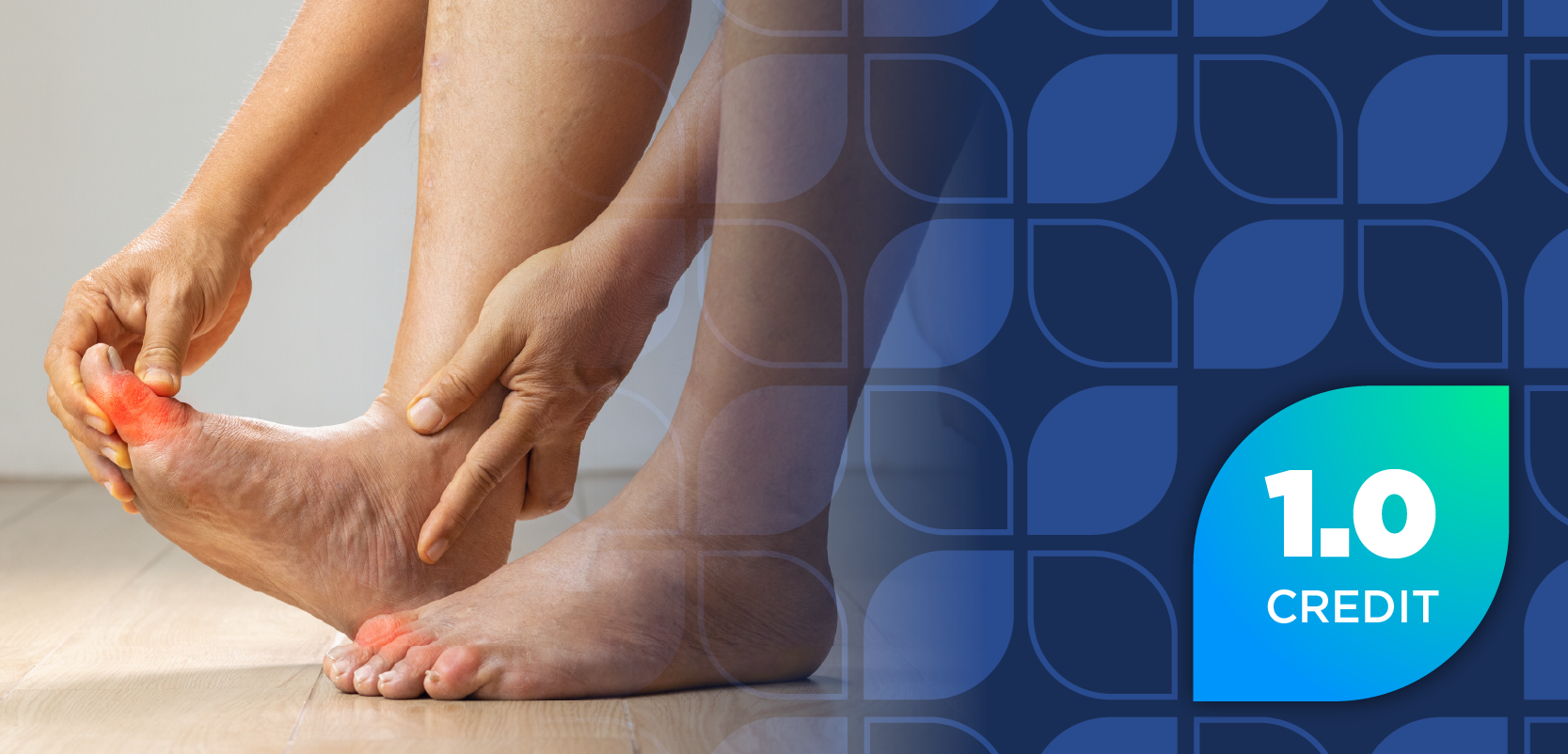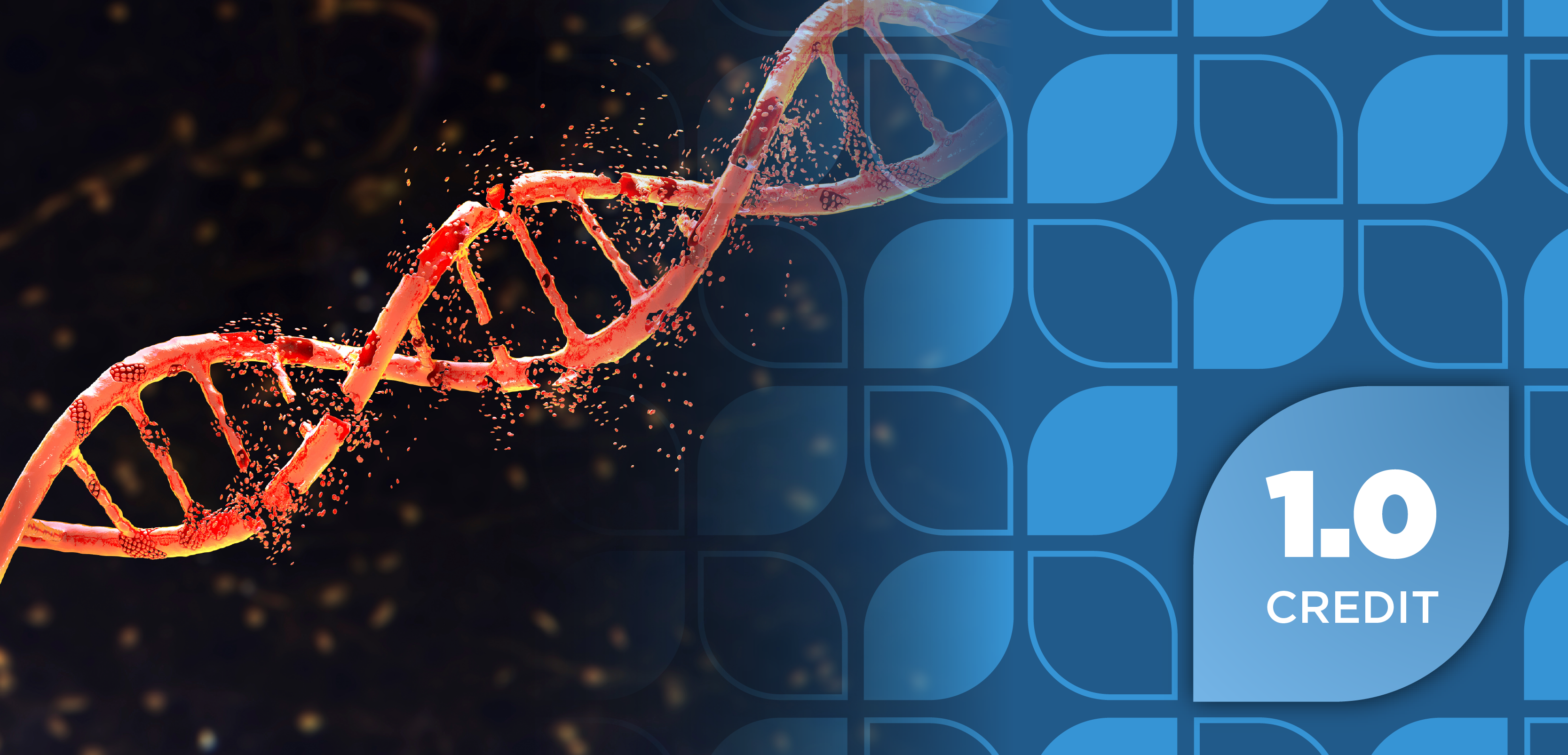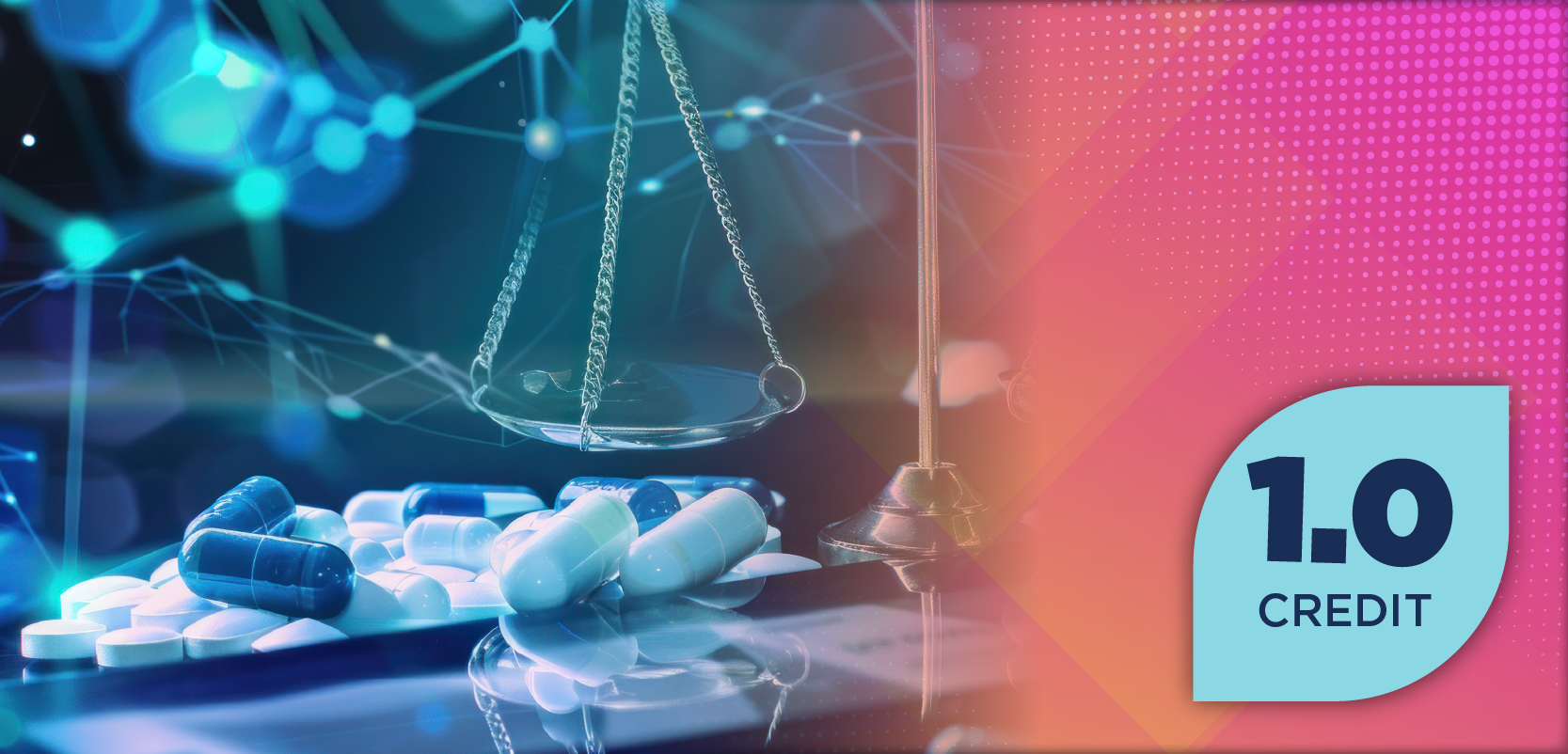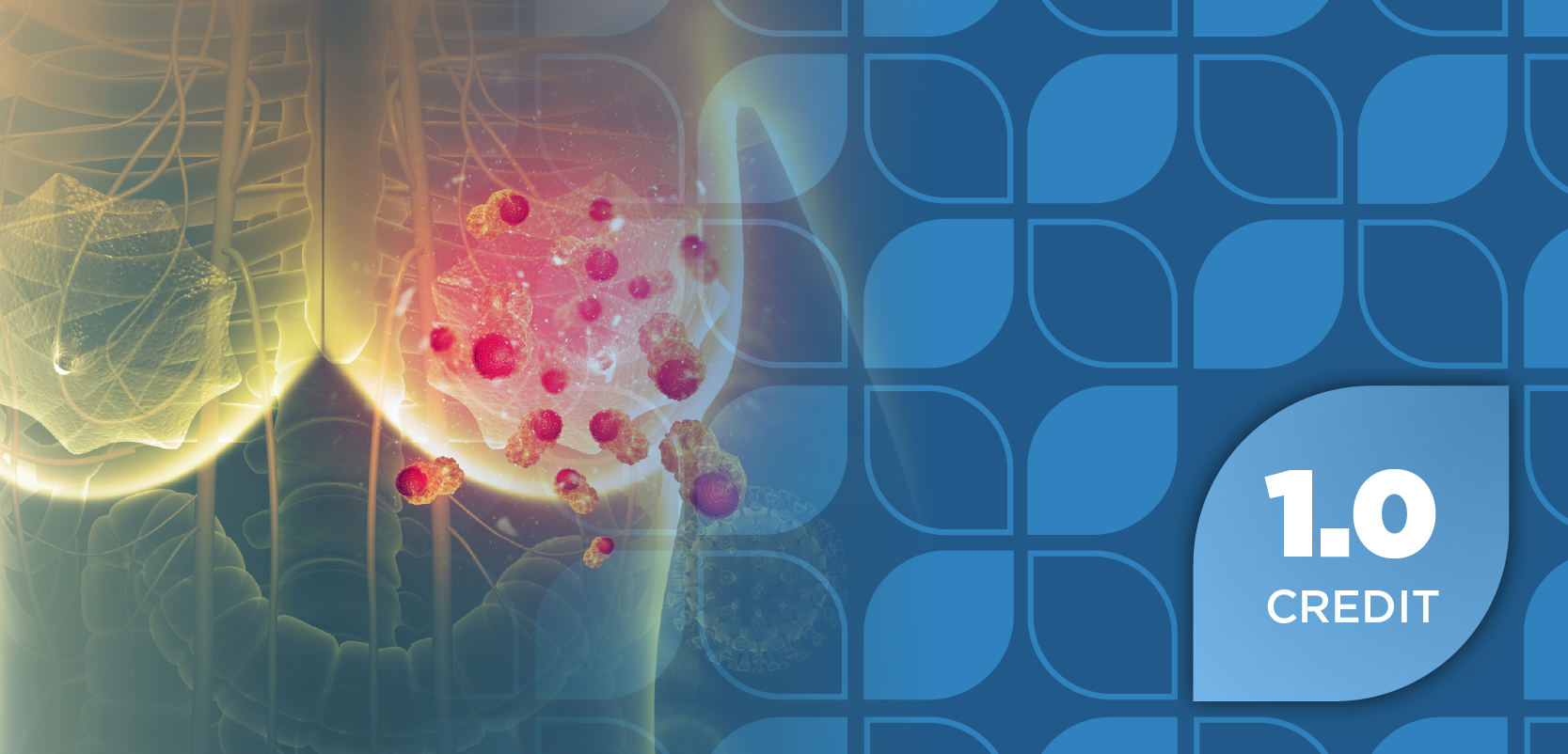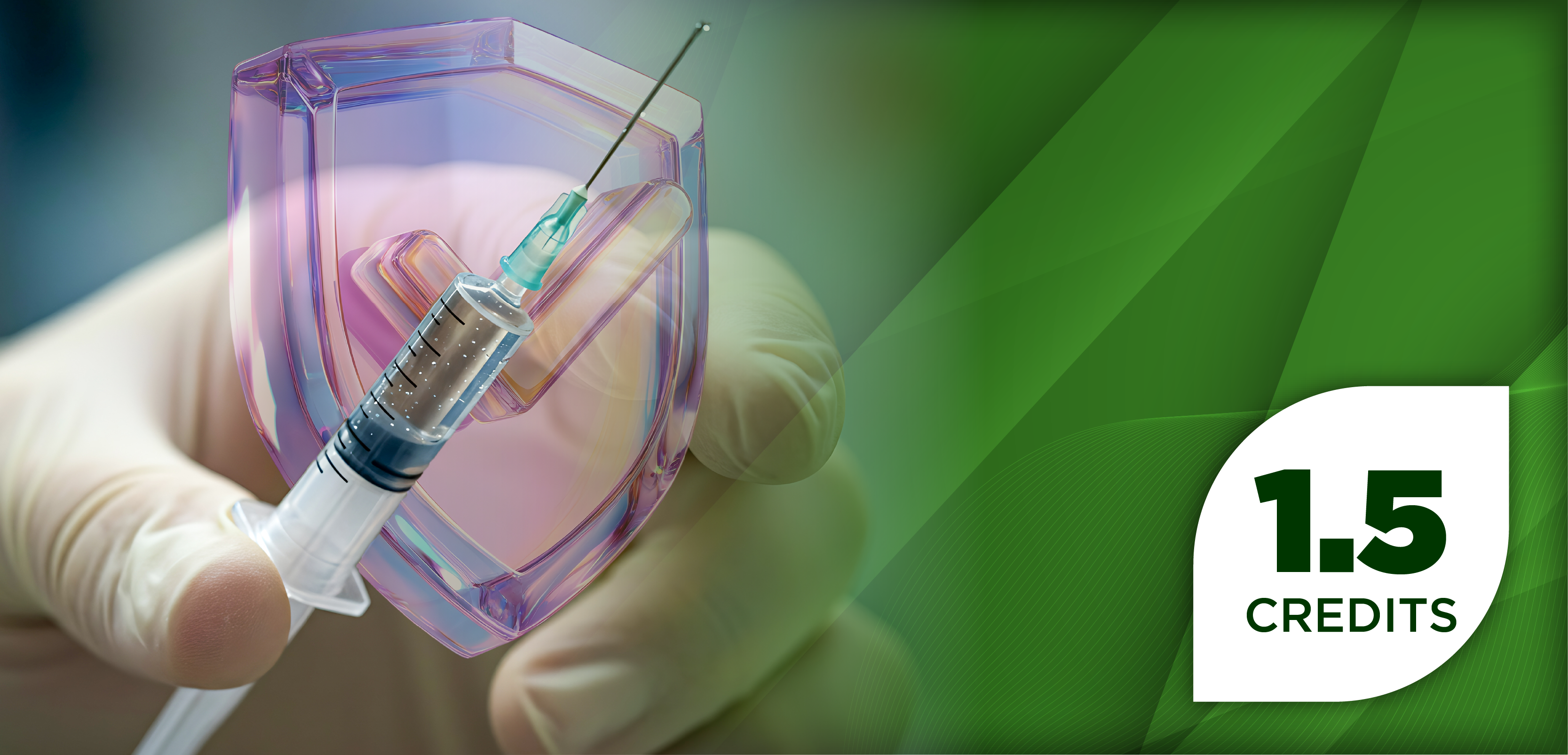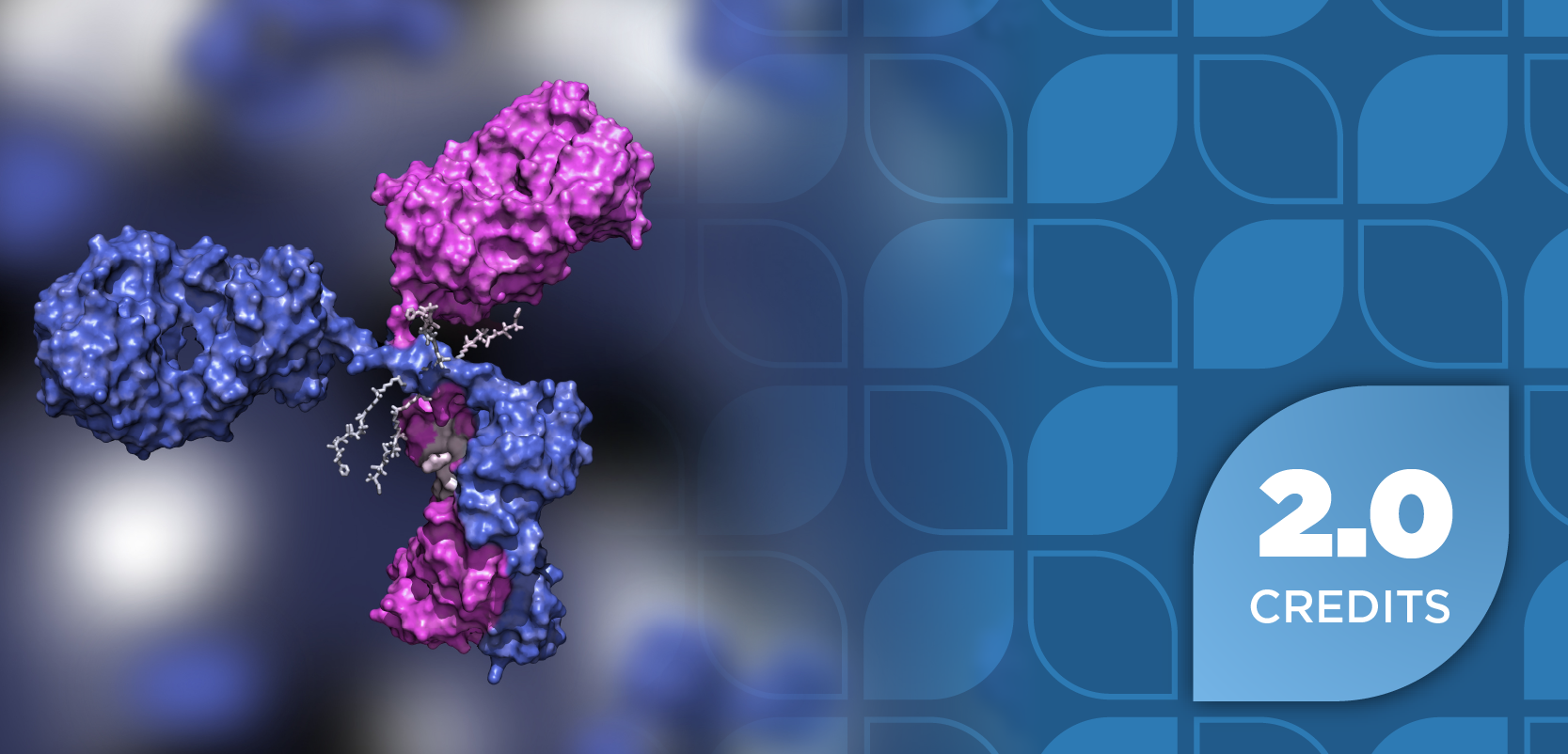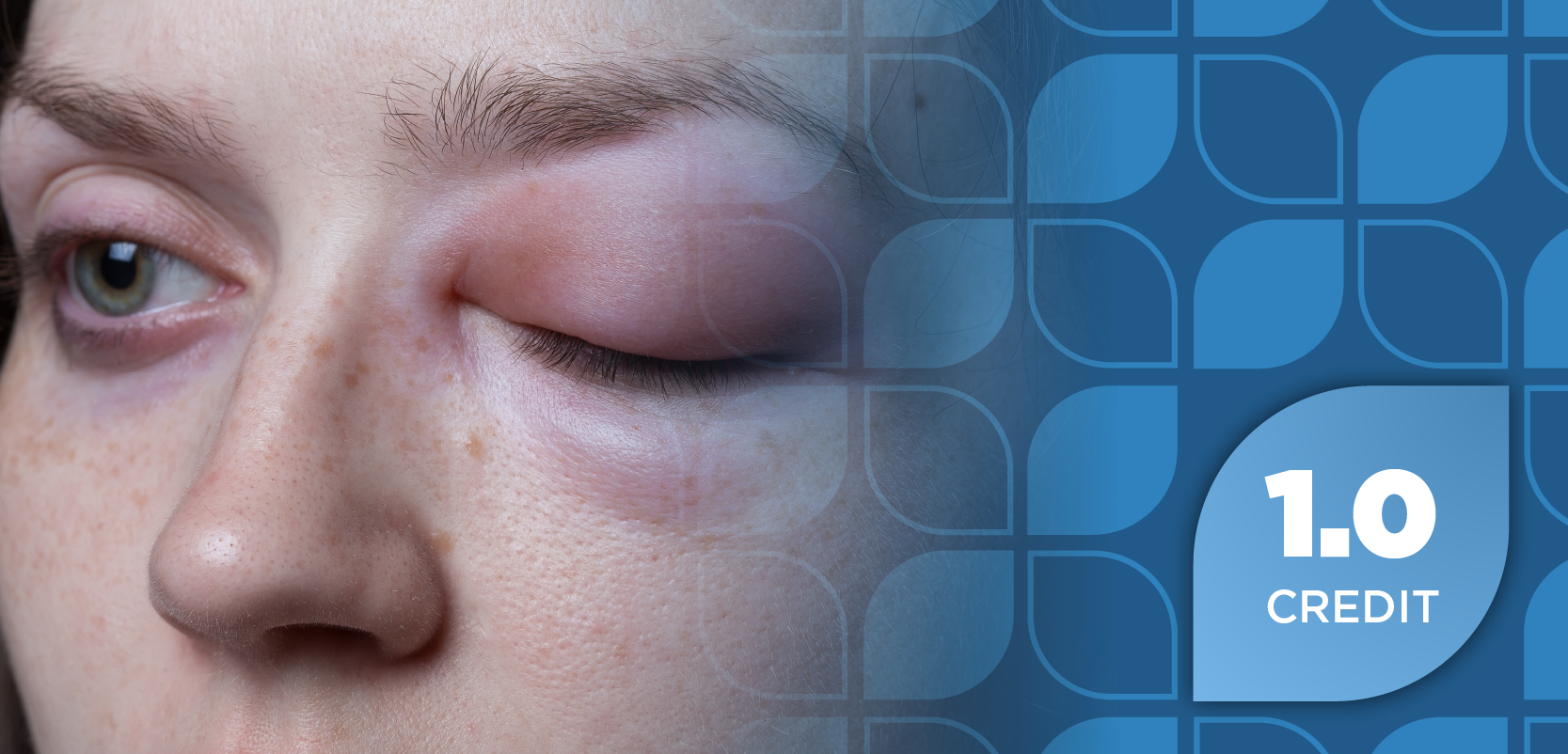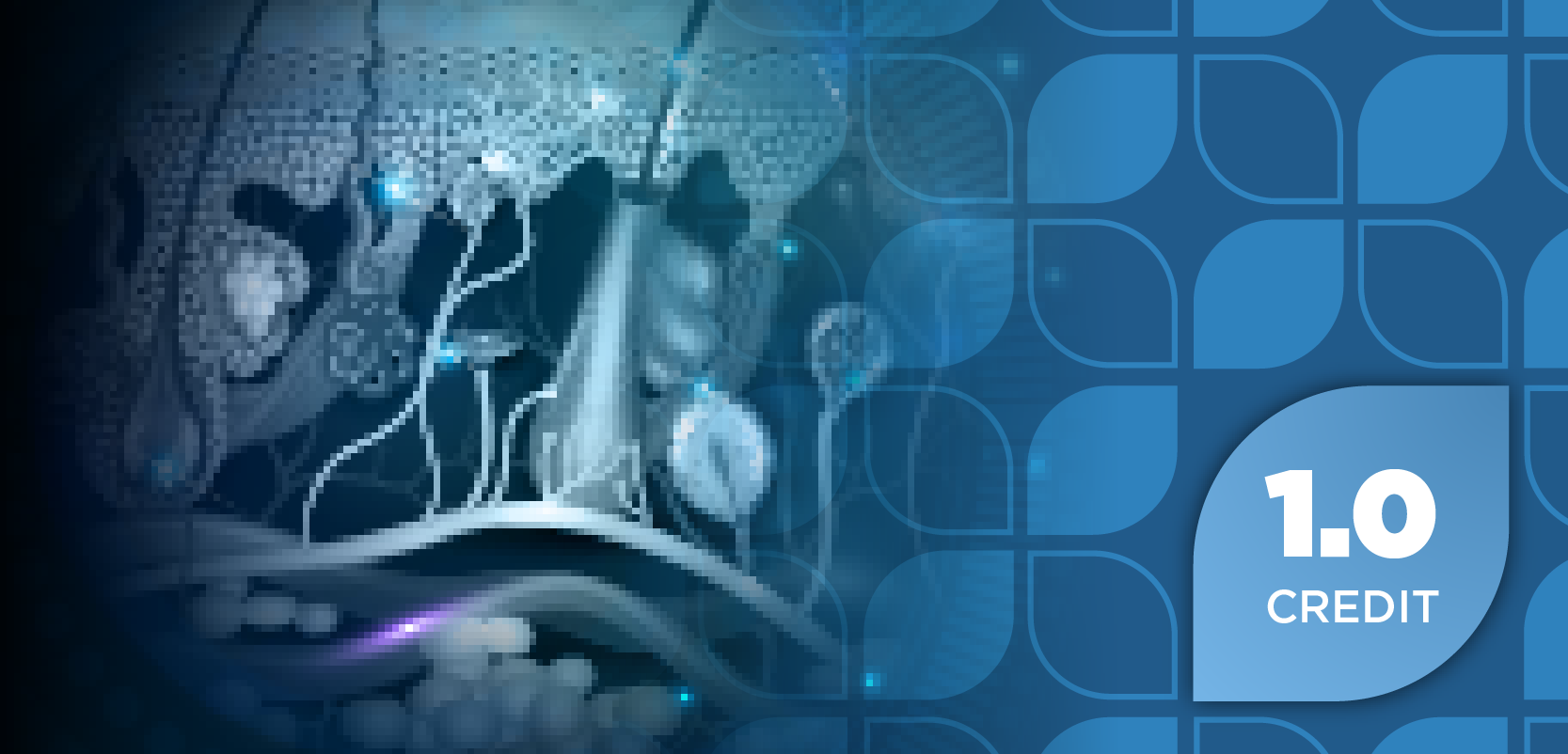
Refining CRS and ICANS Management in CAR T-Cell Therapy: Understanding Evolving Diagnostic Criteria and Treatment Strategies
Key Takeaways
- CRS and ICANS are significant toxicities in CAR T-cell therapy, with refined diagnostic criteria improving management.
- CRS management involves early intervention with tocilizumab and corticosteroids, while ICANS relies on corticosteroids.
C. Brooke Adams, PharmD, BCOP, discusses the evolving diagnostic criteria and management strategies for cytokine release syndrome (CRS) and immune effector cell-associated neurotoxicity syndrome (ICANS) in CAR T-cell therapy, highlighting advances in toxicity prevention and treatment selection.
Cytokine release syndrome (CRS) and immune effector cell-associated neurotoxicity syndrome (ICANS) are the most significant toxicities associated with chimeric antigen receptor (CAR) T-cell therapy treatment in patients with hematologic malignancies. While significant advancements have been made in understanding these conditions, particularly CRS, ongoing research continues to refine diagnostic and management strategies.
In light of these ongoing changes to criteria, when looking back at past criteria used in clinical trials to define CRS and ICANS, it can be helpful to understand how the criteria identified grading to assess applicability of the data in management of these toxicities today, explained C. Brooke Adams, PharmD, BCOP, a clinical pharmacy specialist in blood and marrow transplantation and cellular therapy at Orlando Health and a clinical assistant professor at the University of Florida College of Pharmacy, during her presentation at the 2025 American Society for Transplantation and Cellular Therapy (ASTCT) and Center for International Blood and Marrow Transplant Research (CIBMTR) Tandem Meeting in Honolulu, Hawaii.
Pathophysiology and Clinical Presentation
CRS was first described in the 1990s and has been observed with various immunotherapies, including monoclonal antibodies, non-protein-based therapies, and graft-versus-host disease. However, it is most prominently associated with CAR T-cell therapy.
CRS occurs when an overwhelming inflammatory response disrupts homeostatic mechanisms, driven primarily by cytokines such as interleukin-6 (IL-6), interleukin-10 (IL-10), and interferon γ (IFN-γ). The result is systemic inflammation that can affect multiple organ systems, presenting with fever, hypotension, hypoxia, tachycardia, gastrointestinal symptoms, neurological disturbances, and elevated liver function tests.
ICANS, previously termed CAR T-cell-related encephalopathy syndrome, frequently overlaps with CRS but can also occur independently. Its pathophysiology remains less understood, though cytokines, particularly interleukin-1, IL-6, and IFN-γ, play a crucial role.
“The CRS pathophysiology, while it remains incompletely understood, is much better understood these days than ICANS. What we do know [about ICANS] is the inflammatory surface basically overwhelms our homeostatic mechanisms that we have,” Adams said during the ASTCT and CIBMTR Tandem Meeting. “We have these 4 cytokines that are released, so IL-6, IL-10, and IFN-γ. These are then stimulated by macrophages to produce even more cytokines. So, we have IL-10, IL-6, and IFN-γ, and this then activates in the filial cells.”
Following inflammation-induced disruption of the blood-brain barrier, ICANS leads to endothelial activation and neurotoxicity. Clinically, ICANS presents with confusion, dysphagia, ataxia, seizures, motor dysfunction, and cerebral edema in severe cases.
Evolution of Diagnostic Criteria
CRS
Over the years, diagnostic criteria for CRS have been inconsistent, leading to challenges in the interpretation of clinical trial data. The Common Terminology Criteria for Adverse Events (CTCAE) versions 4.03 and 5.0, Lee criteria (2014), Penn criteria, MSK criteria, and CARTOX Working Group criteria all varied in their grading methodologies. The 2019 ASTCT consensus criteria standardized CRS assessment by incorporating fever, hypotension, and hypoxia as primary parameters.
“ASTCT got together in a room with a large number of colleagues in 2019 and developed this consensus criteria for us. This [consensus] relied on 3 different parameters,” Adams said during the ASTCT and CIBMTR Tandem Meeting. “We don't have organ toxicities in our grading [with the ASTCT consensus criteria], even though it does happen with CRS, and we need a fever to happen first, and an amount of hypotension and/or hypoxia. You'll notice, the more hypotension and the more vasopressors you need, the higher the grade.”
ICANS
Similarly, for ICANS, the ASTCT consensus criteria replaced previous grading systems such as CARTOX-10 with the Immune Effector Cell-Associated Encephalopathy (ICE) score. ICE evaluates orientation, command-following ability, language function, handwriting, and motor weakness, with additional assessments for consciousness level, seizures, and neuroimaging findings.
“ICANS luckily has [less] grading systems to talk about [than for CRS]. We have the CTCAE criteria versions 4.03 and 5.0, and we have the first criteria that really homed in on the signs and symptoms for grading with the CARTOX-10 criteria, and then we have the ASTCT consensus, which is really similar to CARTOX-10, but uses an ICE score instead, which is what the majority of institutions are using these days, and is what our clinical trials are using,” Adams said.
According to Adams, the ASTCT consensus also incorporated the patient’s level of consciousness for ICANS grading, which CARTOX-10 did not.
“So, are they completely obtunded, or when you touch them, do they at least open their eyes and acknowledge that you're there? Are they having any grade of seizure? Do they have deep motor weakness or motor findings? And whenever you do imaging, do they have edema,” Adams said. “Thanks to the ASTCT group in 2019, we now have this system to harmonize 6 different criteria systems that allow us to cross compare between different clinical trials.”
CRS and ICANS Management Strategies
Initial CRS management revolves around targeting cytokine pathways, particularly IL-6. Tocilizumab (Actemra; Genentech), an IL-6 receptor antagonist, and corticosteroids remain the cornerstone of treatment, with early intervention now favored to prevent severe complications. While earlier guidelines recommended reserving tocilizumab for grade 3 CRS, many institutions now use it as early as grade 1, particularly for high-risk patients.
“The initial CRS management is going to revolve around tocilizumab and corticosteroids, as it has for a really, really long time. The one thing that has changed though, is intervening early on. So instead of waiting to get tocilizumab until you get to grade 3, we can now use it in grade 1. I would say a lot of institutions are doing this, and they may not even be waiting 3 days. If you have a very frail older patient with ton of comorbidities, you don't want them to drop their blood pressure or need oxygen, so you might intervene earlier than the 3 days that is recommended in the guideline,” Adams said.
In contrast, ICANS does not respond to tocilizumab, necessitating corticosteroids as the primary therapy. High-dose methylprednisolone (up to 1000 mg) is often required for severe cases. Additional therapies under investigation include JAK-STAT pathway inhibitors and IL-1 blockers.
“We know tocilizumab has no role in the treatment of ICANS, which we originally thought it might when we were throwing basically the kitchen sink on anybody that had grade 3 or 4 ICANS back in the day,” Adams said. “Everything is going to revolve around corticosteroids and the dose of corticosteroids. You'll see when we get up to grade 3 and 4, we're escalating up to 1000 milligrams of methylprednisolone, and we might even be doing that twice or 3 times a day.”
Risk Factors and Prevention Strategies
Several factors influence CRS and ICANS risk, including disease type, tumor burden, CAR T-cell construct, and cell dose. High-risk conditions such as B-cell acute lymphoblastic leukemia (B-ALL) and diffuse large B-cell lymphoma (DLBCL) exhibit higher toxicity rates, particularly in patients with aggressive disease and significant tumor burden.
“What we do know about the risk factors is that the underlying disease plays a key role. We know that those highly proliferative diseases that are just rampantly aggressive have greater risk of developing CRS and ICANS [compared] to [diseases] such as follicular lymphoma [FL]. We're thinking about B-ALL, we're thinking about DLBCL,” Adams said. “The tumor burden, so if they have bulky disease, or their bridging therapy is not successful at keeping their disease at bay—those patients are going to have a higher risk.”
The choice of CAR T-cell product also impacts toxicity risk. CAR T-cell therapies with CD28 costimulatory domains expand rapidly and exhibit higher toxicity rates than those with 4-1BB domains, which have improved persistence and lower neurotoxicity risk. Accordingly, selecting 4-1BB CAR T products for older or comorbid patients can mitigate severe CRS and ICANS risk.
Evolution of CAR T-Cell Therapy
The evolution of CAR T-cell therapies has progressed significantly from the first generation, which failed due to poor proliferation, short persistence, and insufficient cytokine secretion. Second-generation CAR T-cell therapies, which include all currently FDA-approved products, introduced a necessary second signal for T cell activation, utilizing co-stimulatory molecules such as CD28 or 4-1BB.
“When we get to our second generation, this is where we have all of our current [CAR T-cell therapies],” Adams said. “We have 3 different receptors that are included in these therapies. We have a T-cell antigen receptor, we have cytokine receptor, and last, but not least, we have our costimulatory receptor. Where I want to home in on is the second signal. The second signal is produced by a post-stimulatory molecule, either being CD28 or CD137, also known as 4-1BB.”
CD28 promotes T cell proliferation and cytokine production but can lead to CD8 exhaustion, while 4-1BB improves T cell persistence and anti-tumor activity. Third-generation CAR T-cell therapies, which incorporate 2 co-stimulatory domains, did not show improved outcomes over second-generation CAR T-cell therapies and remain unapproved. Fourth-generation CAR T-cell therapies, known as T cells redirected for antigen-unrestricted cytokine-initiated killing (TRUCK) T cells, include transgenic proteins and are still in clinical trials.
“In our fourth generation [CAR T-cell therapies], these started clinical trials in the early 2000s. However, there are not currently FDA approved yet,” Adams said. “For these TRUCK CAR T-cells, we’ll hopefully get an FDA approved one here in the next couple years. But one thing that is different is it has a transgenic protein incorporated in the CAR construct.”
Adams noted that even though cross-comparisons of clinical trial data is not the right answer, such an analysis can reveal some valuable trends. For example, 4-1BB-based CAR T-cell therapies have exhibited lower rates of CRS and ICANS across disease states compared to CD28-based CAR T-cell therapies. This trend is observed in large B-cell lymphoma (LBCL), FL, mantle cell lymphoma (MCL), and B-ALL.
“Whenever we start looking at our clinical trials and our retrospective case reports that we have, we can go back and have a reference for what CRS and ICANS were back in the original clinical trials. For LBCL, we have 3 products. We have axicabtagene ciloleucel [axi-cel, Yescarta; Kite Pharma], tisagenlecleucel [tisa-cel, Kymriah; Novartis], and lisocabtagene maraleucel [liso-cel, Breyanzi; Bristol Myers Squibb], one of which is CD28, two of which are 4-1BB,” Adams said. “What I want to point out the most is tisa-cel uses the Penn criteria. For the Penn criteria, if you're on 1 L of oxygen or you're intubated, you’re grade 3. So, you see overall CRS in line with the CD28 product, which is not correct. So, I would do more of a cross comparison between axi-cel and liso-cel.”
According to Adams, 90% vs 50% for axi-cel and liso-cel, respectively, is more in line with what is seen in the real world.
“Overall, you'll see way less ICANS with our 4-1BB therapies. And you'll see that they all use the CTCAE version 4.03 criteria,” Adams said.
For FL, there is one CD28 therapy, which is axi-cel, and two 4-1BB therapies, which are tisa-cel and liso-cel.
“Now we have entered the era of Lee criteria, so all 3 use Lee criteria, making it a lot easier for us to do cross comparisons,” Adams said. “Whenever we look at the overall CRS, we'll see that 4-1BB therapies are in the 50% range, whereas overall CRS with our CD28 [therapy] is in the 80%, and you'll see this in ICANS as well. [There are] way lower rates of ICANS whenever you look at the 4-1BBs compared to our CD28. We're going to see this theme across every single disease state.”
For MCL, FDA approved therapies include brexucabtagene autoleucel (brexu-cel, Tecartus; Kite), which is a CD28 therapy, and liso-cel, which is a 4-1BB therapy.
“They both use Lee and CTCAE for ICANS, and you'll see 90% vs 60% and 60% vs 30%, (respectively,) so it cuts it about in half,” Adams said.
Notably, multiple myeloma therapies use the 4-1BB-based idecabtagene vicleucel (ide-cel, Abecma; Bristol Myers Squibb), with newer grading criteria such as the ASTCT consensus criteria used by investigators in the clinical trials.
“For multiple myeloma, you have 2 different criteria [for these trials]. You have the Lee criteria for ide-cel, and because ciltacabtagene autoleucel [cilta-cel, Carvykti; Janssen Biotech] was later on in development, they were able to use the ASTCT criteria,” Adams said. “You'll really see a difference between CTCAE grading and ASTCT grading. CTCAE is going to over-call ICANS compared to ASTCT, which is exactly what we see [in the trial data].”
For B-ALL CAR T-cell therapies, obecabtagene autoleucel (obe-cel, Aucatzyl; Autolus) was FDA approved on November 8, 2024. Other FDA approved CAR T-cell therapies for B-ALL include brexu-cel and tisa-cel.
“Again, tisa-cel used the Penn criteria, so you're going to see way more CRS than you do with obe-cel and brexu-cel because they used more CRS homed in criteria compared to Penn. You'll also see a decreased risk with our 4-1BBs compared to our CD28,” Adams said.
For small lymphocytic lymphoma and chronic lymphocytic leukemia, liso-cel is the only CAR T-cell product.
“This is just a 4-1BB. They used Lee criteria and CTCAE, with an overall percent in the 80s for CRS and about in the 50% for ICANS, but that’s because they used CTCAE criteria,” Adams said. “If they used ASTCT criteria, [the ICANS rate] would be much lower.”
The Future of Toxicity Management
Despite initial assumptions that toxicity correlates with treatment efficacy, retrospective analyses demonstrate no significant difference in survival outcomes between patients with and without CRS and/or ICANS. This finding underscores the importance of proactive toxicity management without compromising therapeutic effectiveness, according to Adams.
“We originally thought that toxicity was needed in order to give our patients efficacy, and there are still some people out there that I work with that think that, but I would like to show them we have a multi-center retrospective analysis of hundreds of patients that received axi-cel or tisa-cel with the treatment of LBCL,” Adams said. “There was no significant difference in progression free survival or overall survival between those that got toxicity and those that did not.”
According to Adams, the pathway to toxicity and the pathway to efficacy are very different, so it is not necessary for patients to develop toxicity to get good results.
Patient Case
Ben is a new consult at the clinic with DLBCL, and he is very nervous about CRS and ICANS, Adams explained.
“He's been doing the classic Google search, and he wants to know what you can tell him. Can we tell him, ‘Sorry, Ben, we have no control over the rates of CRS and ICANS. The good news is, the more toxicity you get, the better your disease control is.’ Can we tell him, ‘We can select a product for you that has lower rate and still has good efficacy.’ Can we say, ‘Well, DLBCL has a lower rate of CRS and ICANS compared to other diseases, so you're at least at low risk.’ Or can we say, ‘CRS and ICANS don't happen anymore with CAR T so there's nothing to worry about,’” Adams said.
Adams explained that the answer would be to select a product for Ben that would provide a lower rate of toxicity and strong efficacy. Since Ben is older, Adams noted he might have more comorbidities, which means choosing a 4-1BB therapy for him would likely provide less toxicity compared to a CD28 therapy.
Conclusion
Ultimately, selecting appropriate CAR T-cell products based on patient risk factors and implementing timely management strategies ensures optimal outcomes while minimizing treatment-associated toxicities. Continued research and real-world data collection will further refine these approaches, improving the safety and efficacy of CAR T-cell therapy for hematologic malignancies.
REFERENCE
Adams CB. The Wild West: Navigating Refractory CRS and ICANS. Presented at 2025 ASTCT and CIBMTR Tandem Meeting; Honolulu, Hawaii; February 12-15.
Newsletter
Stay informed on drug updates, treatment guidelines, and pharmacy practice trends—subscribe to Pharmacy Times for weekly clinical insights.


